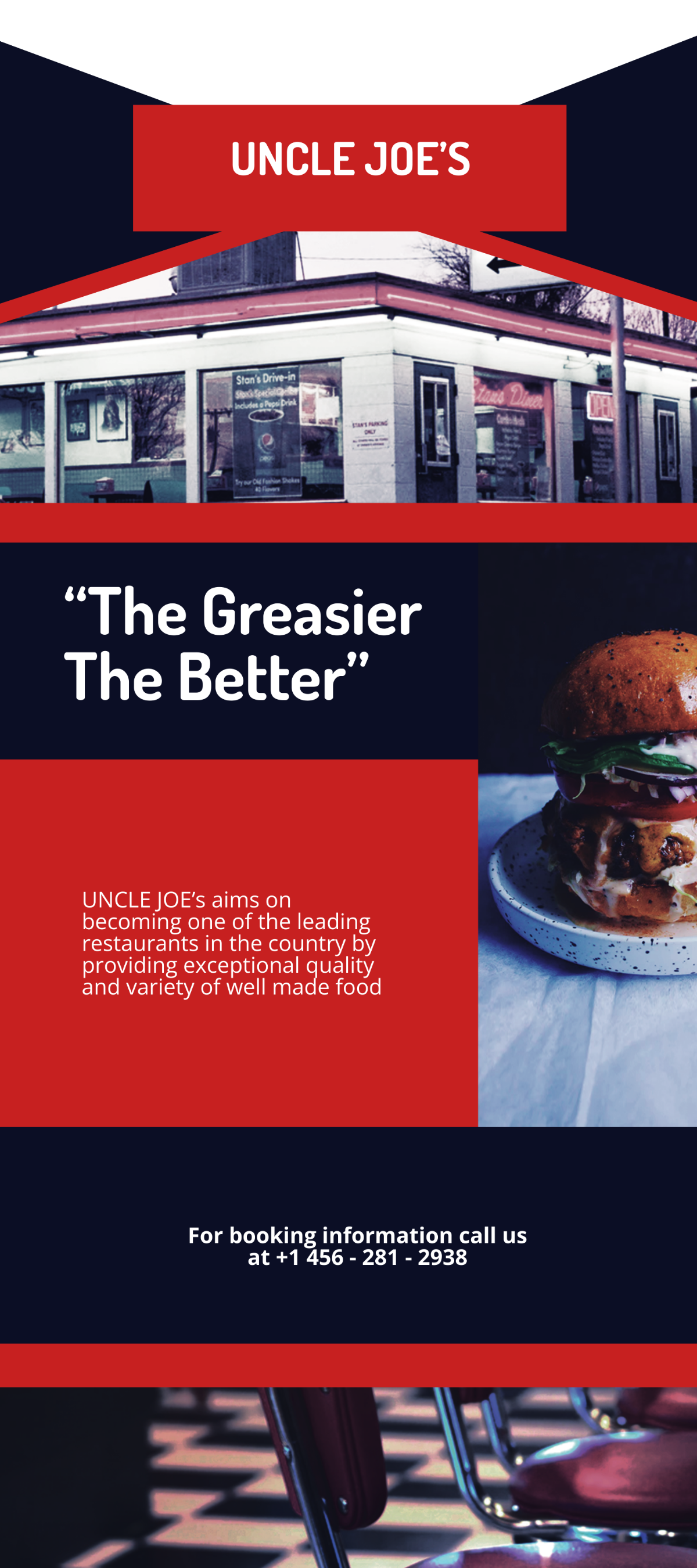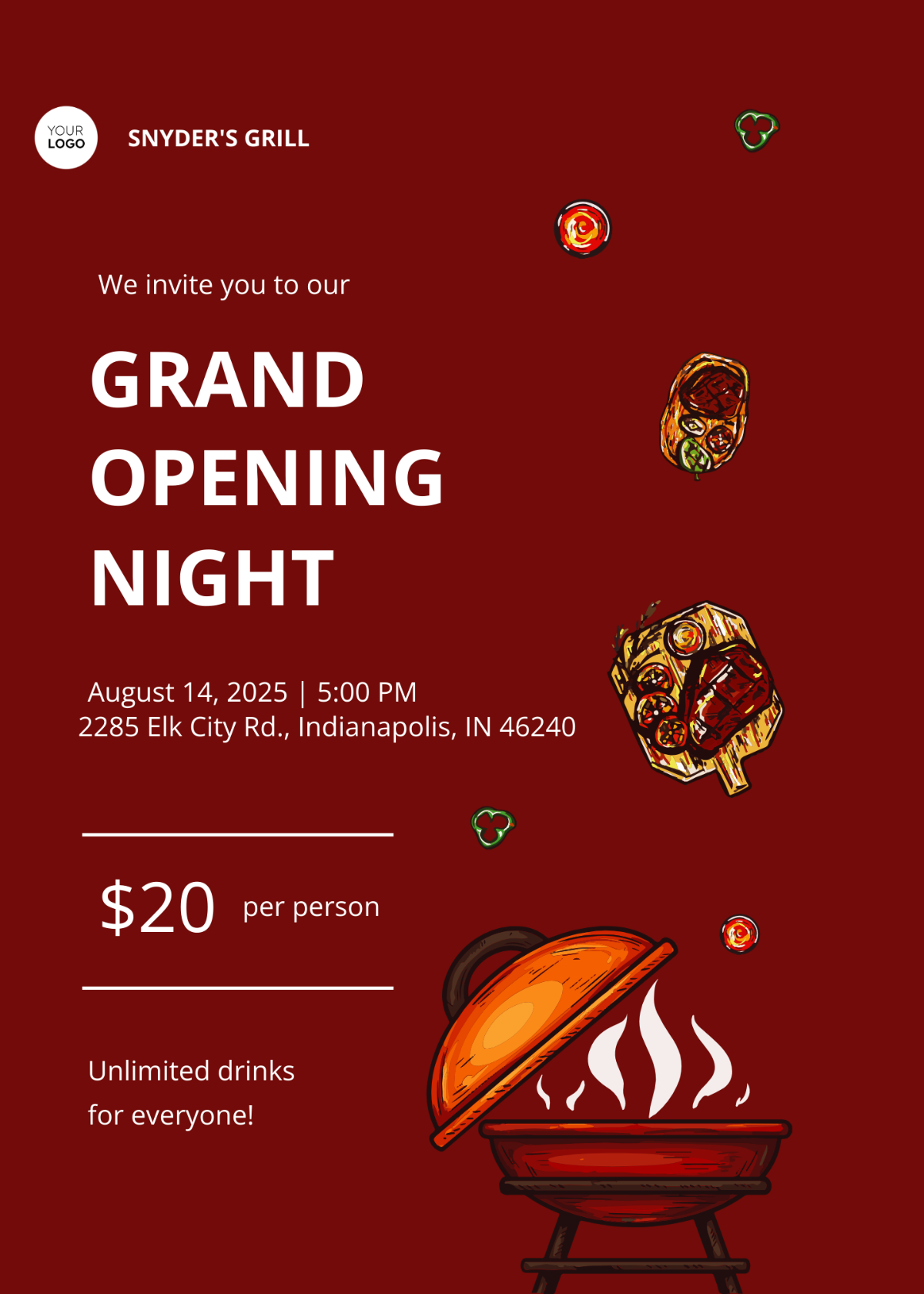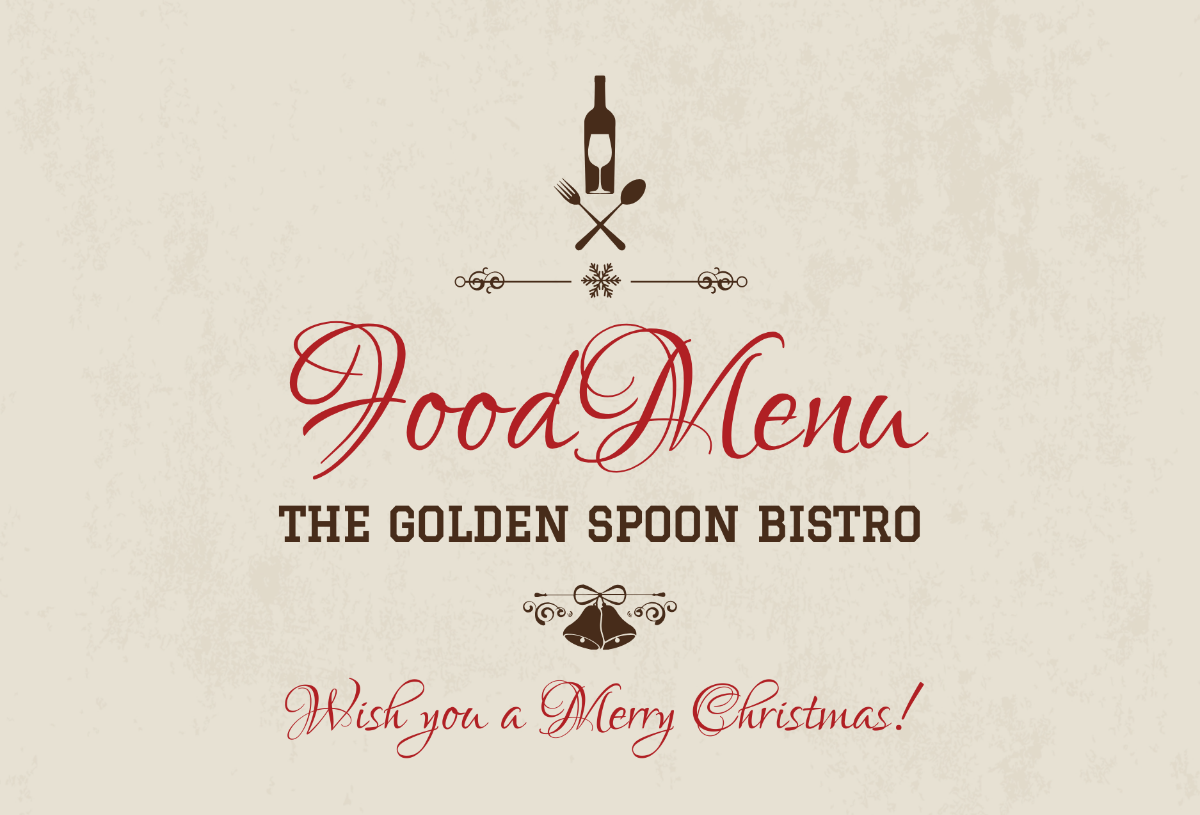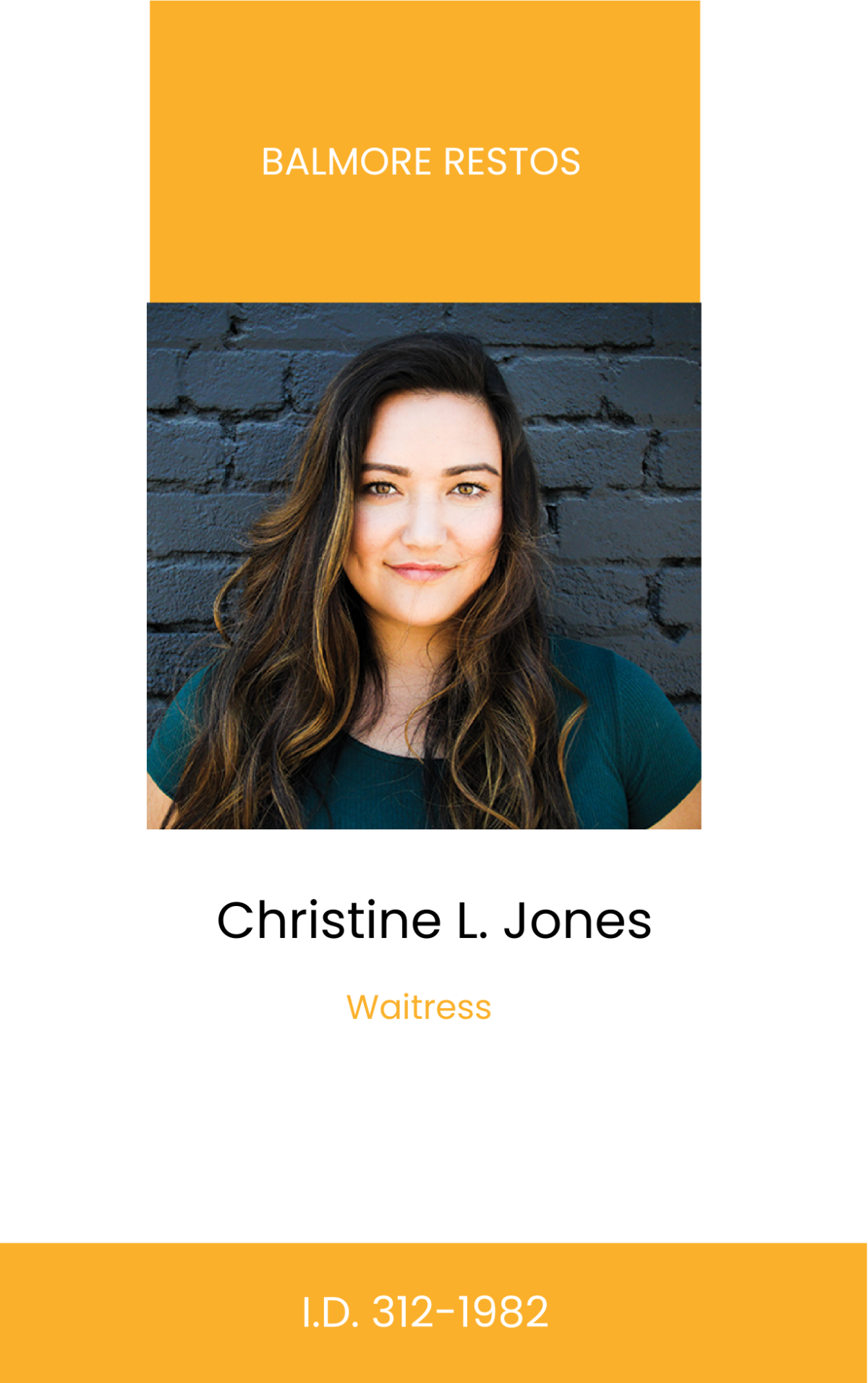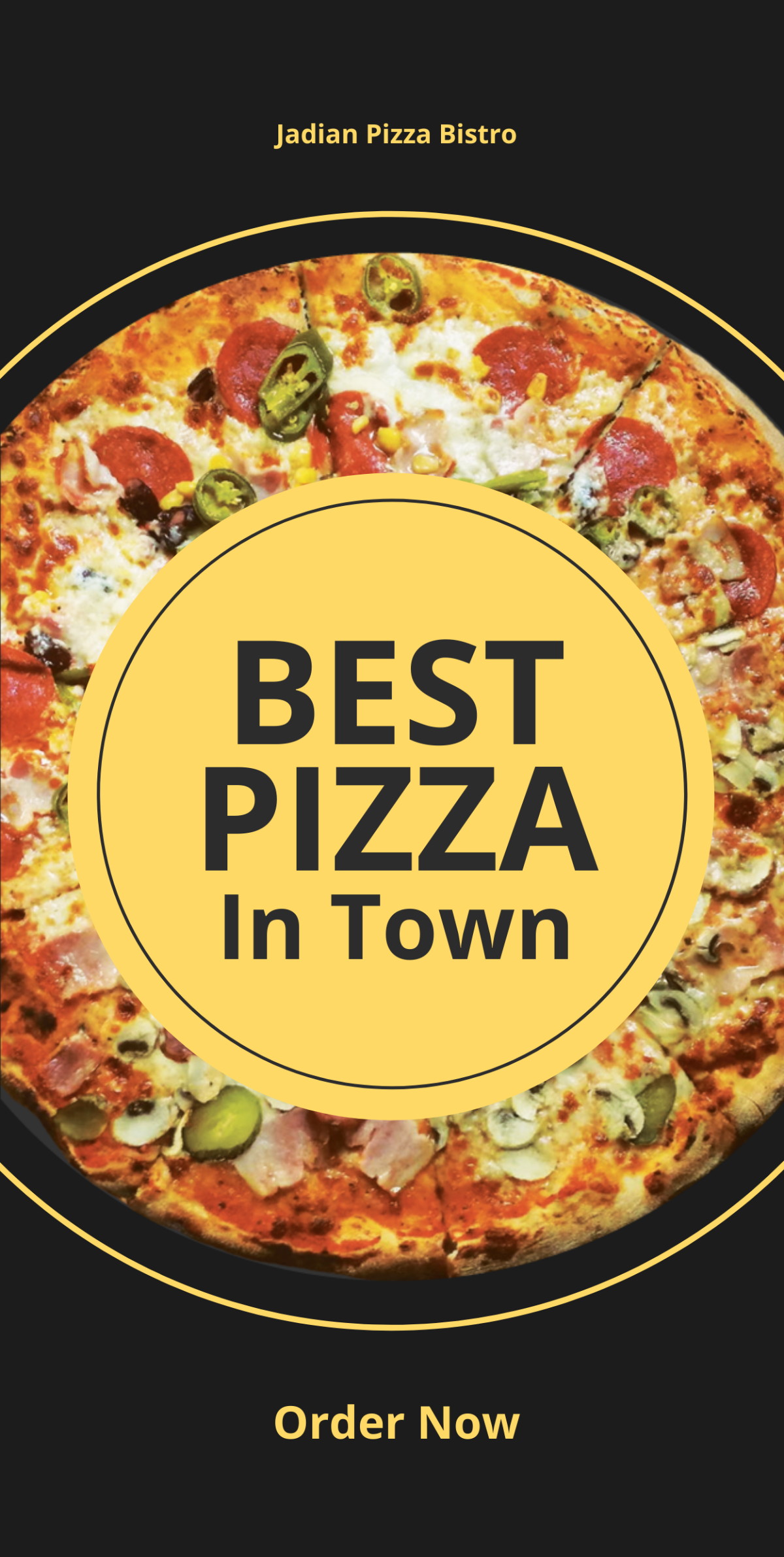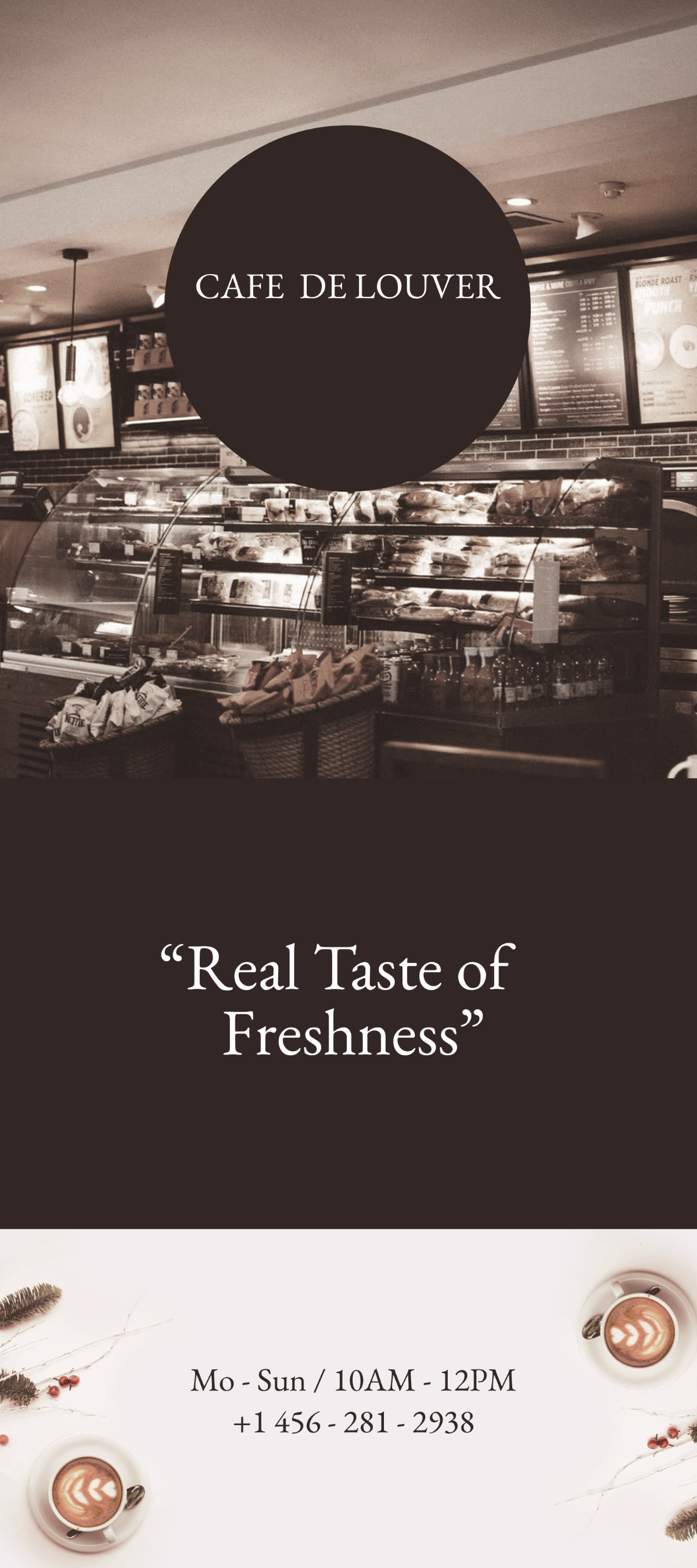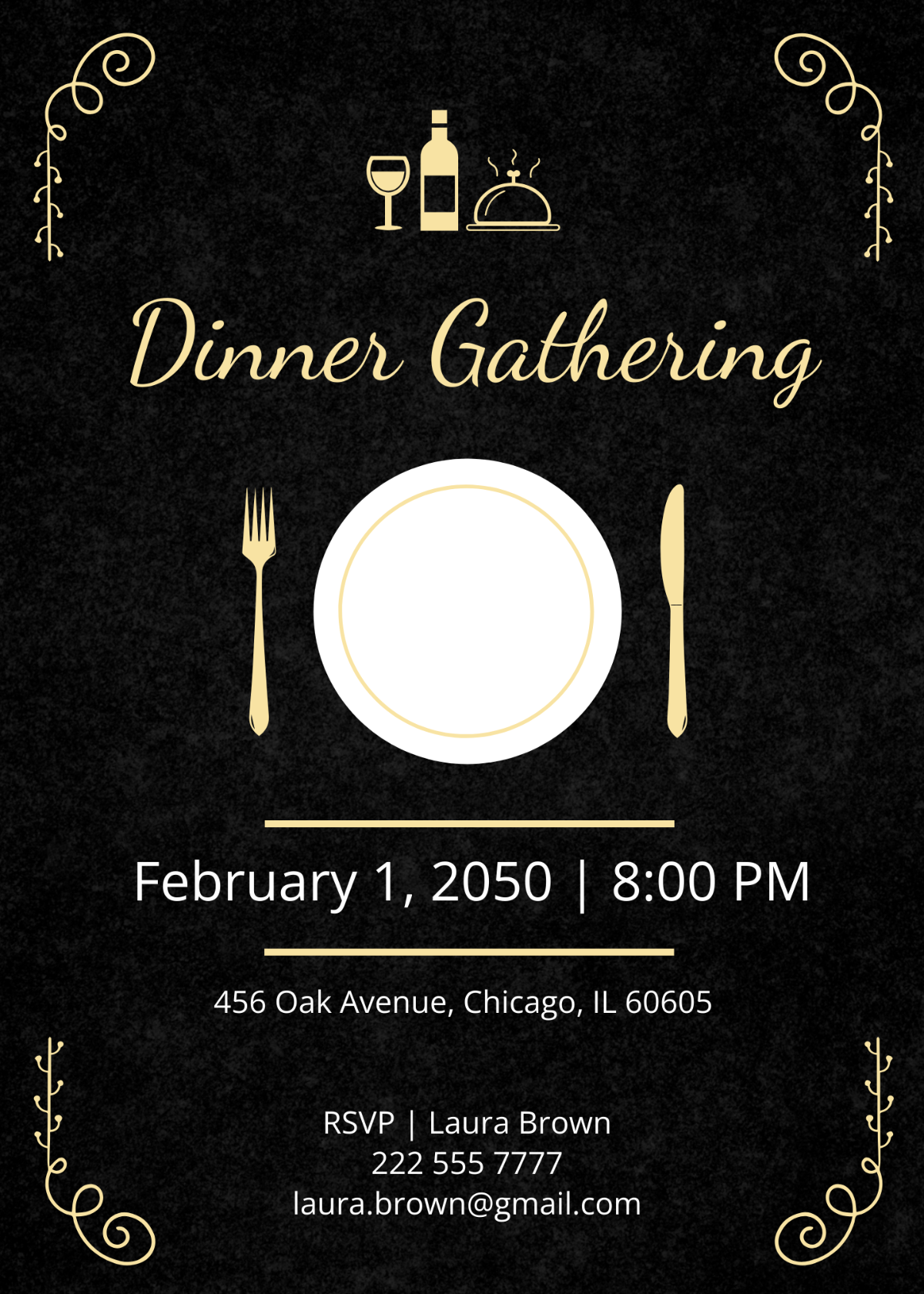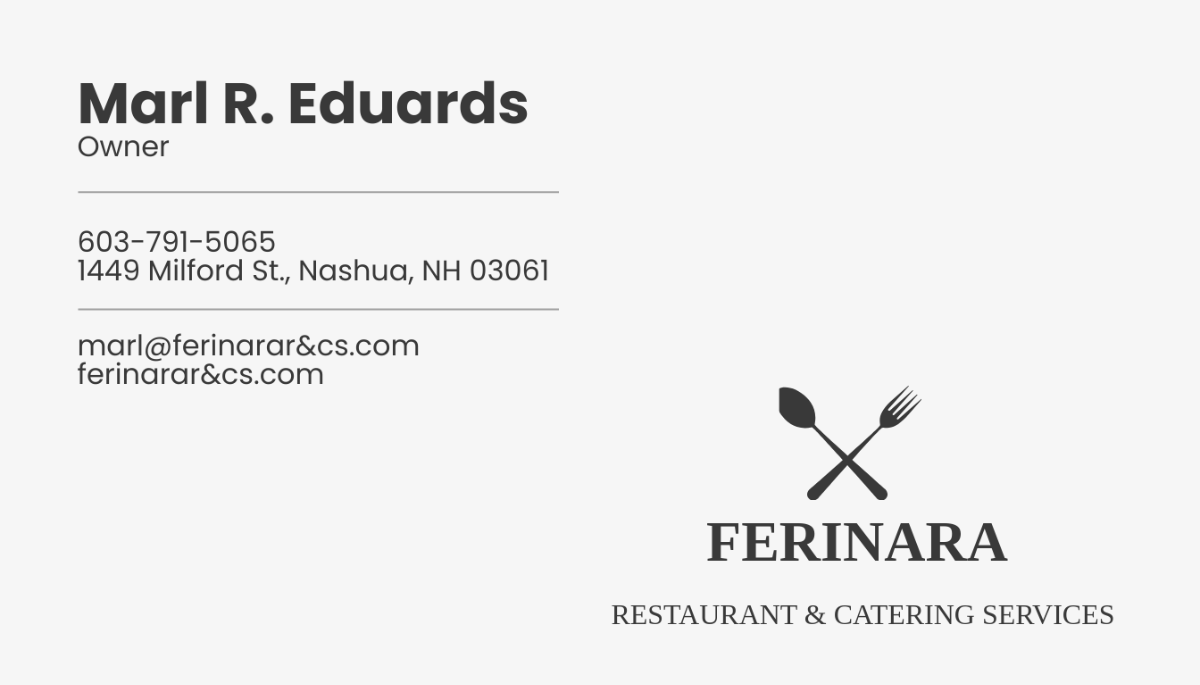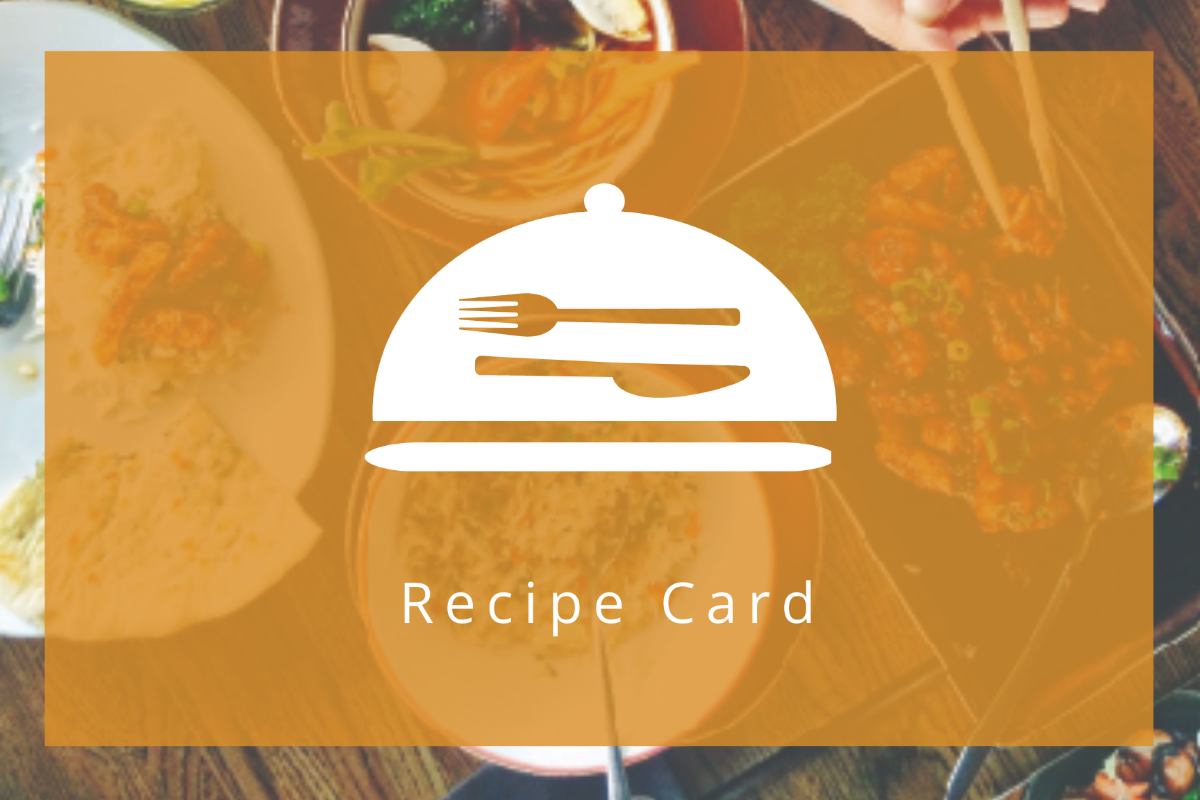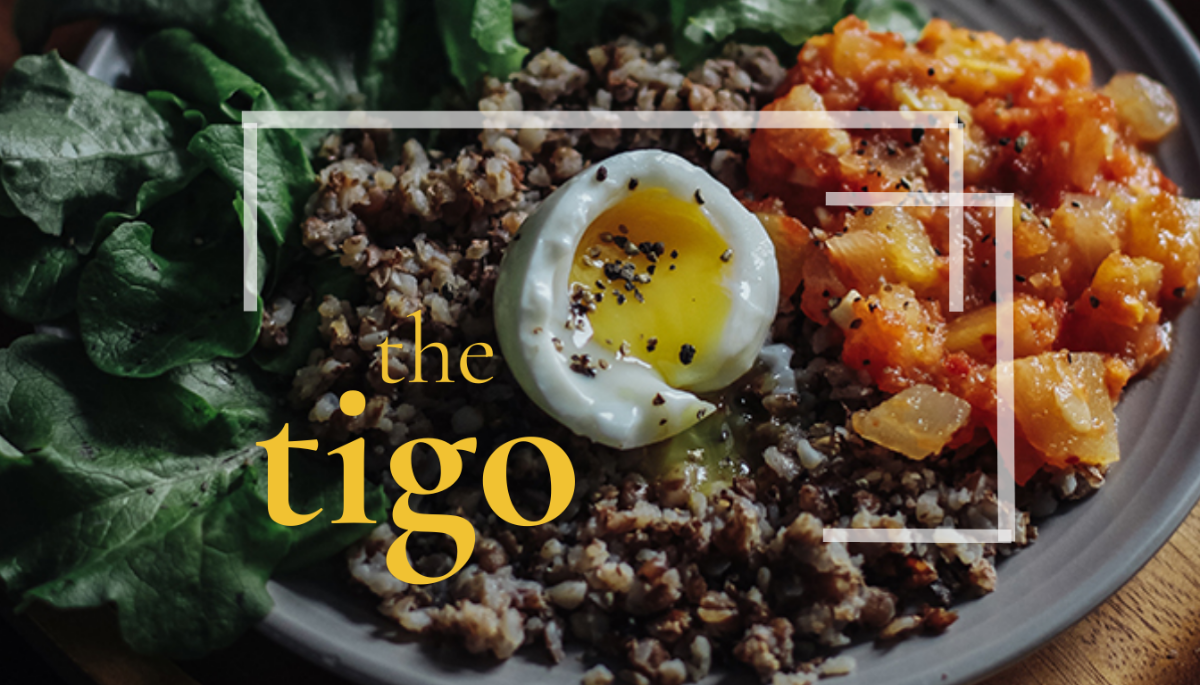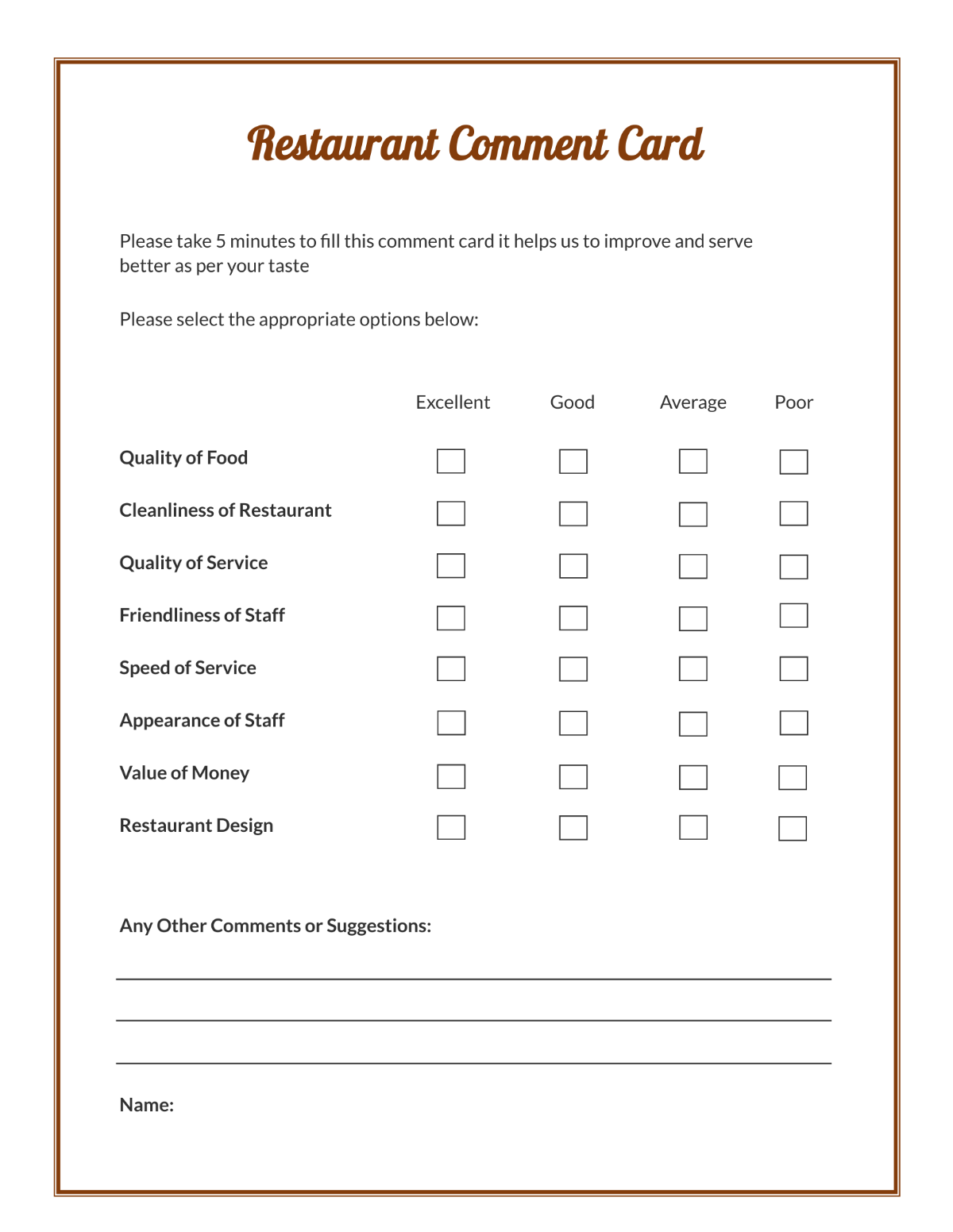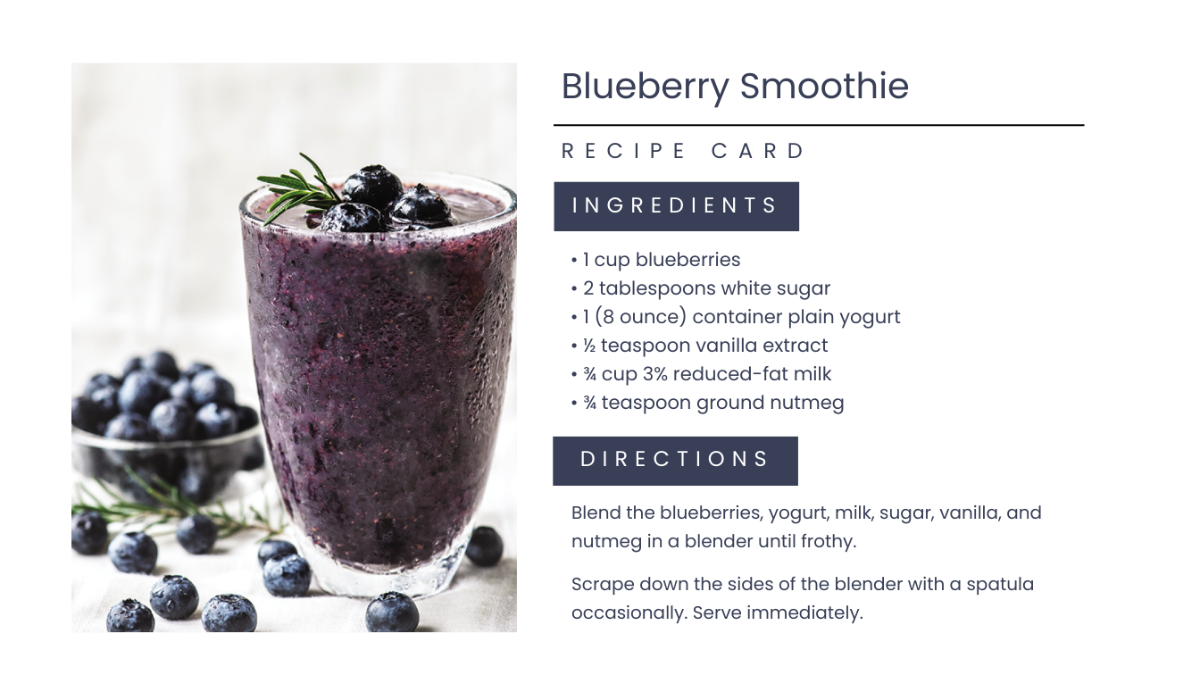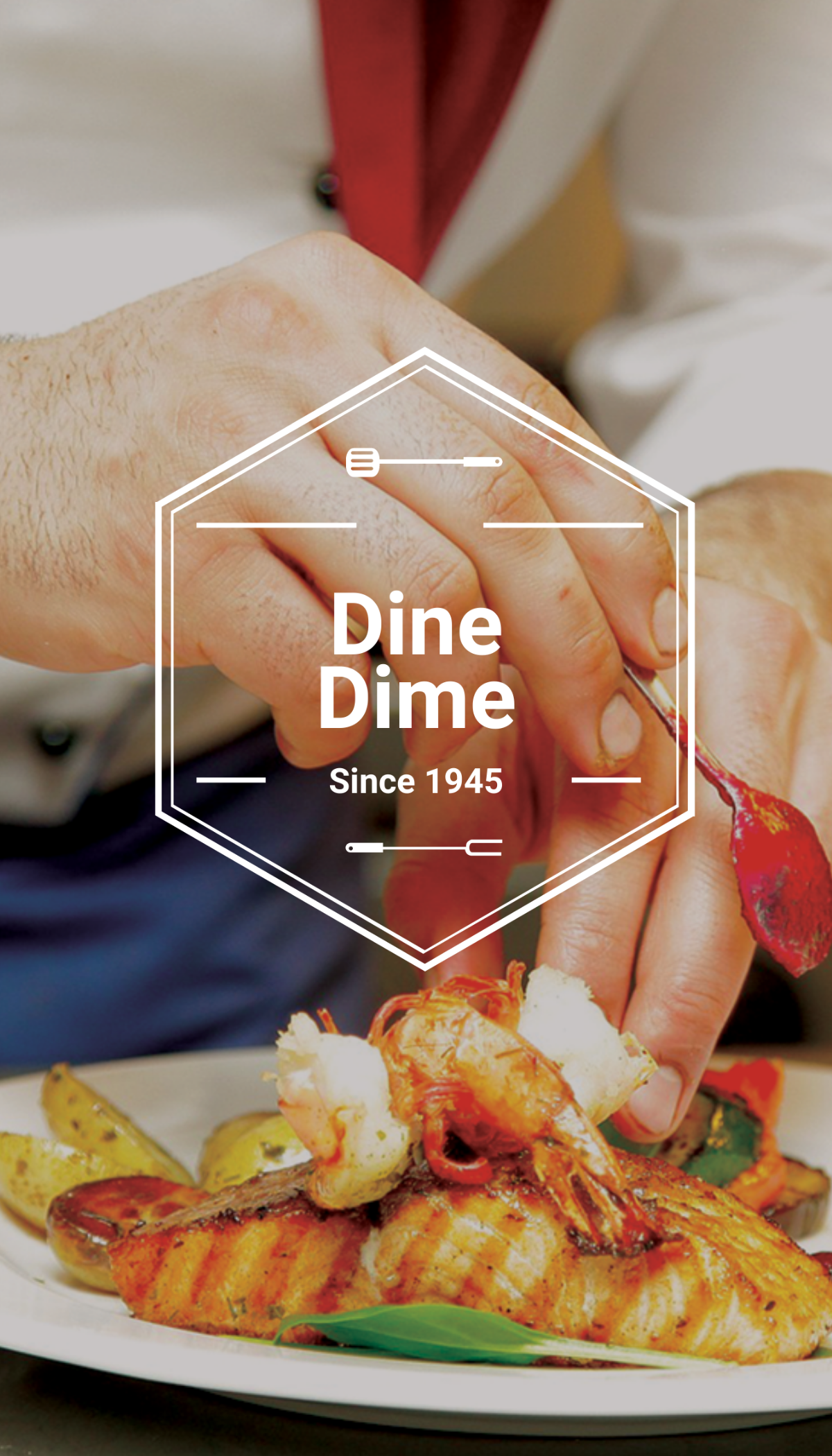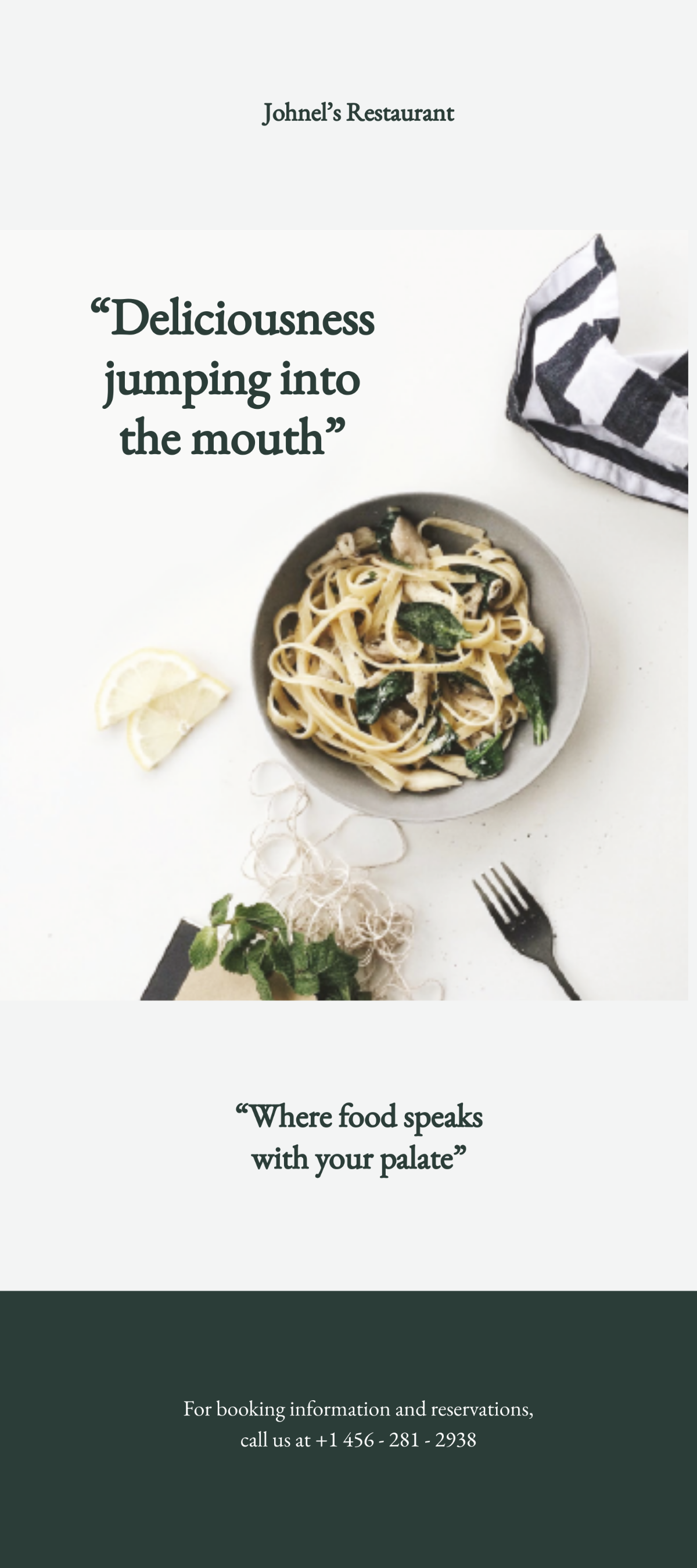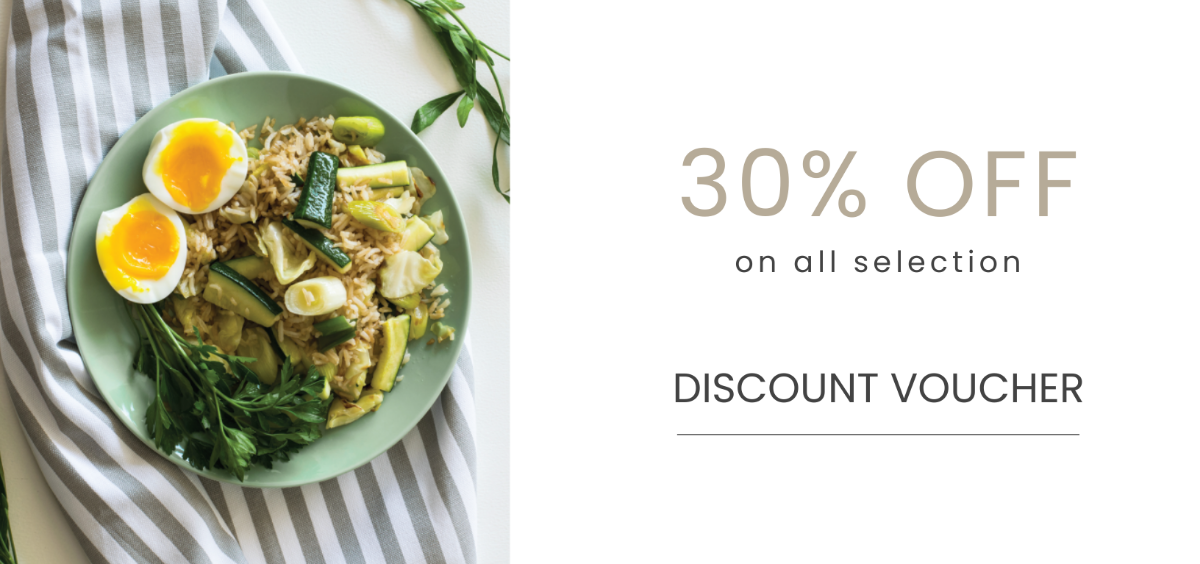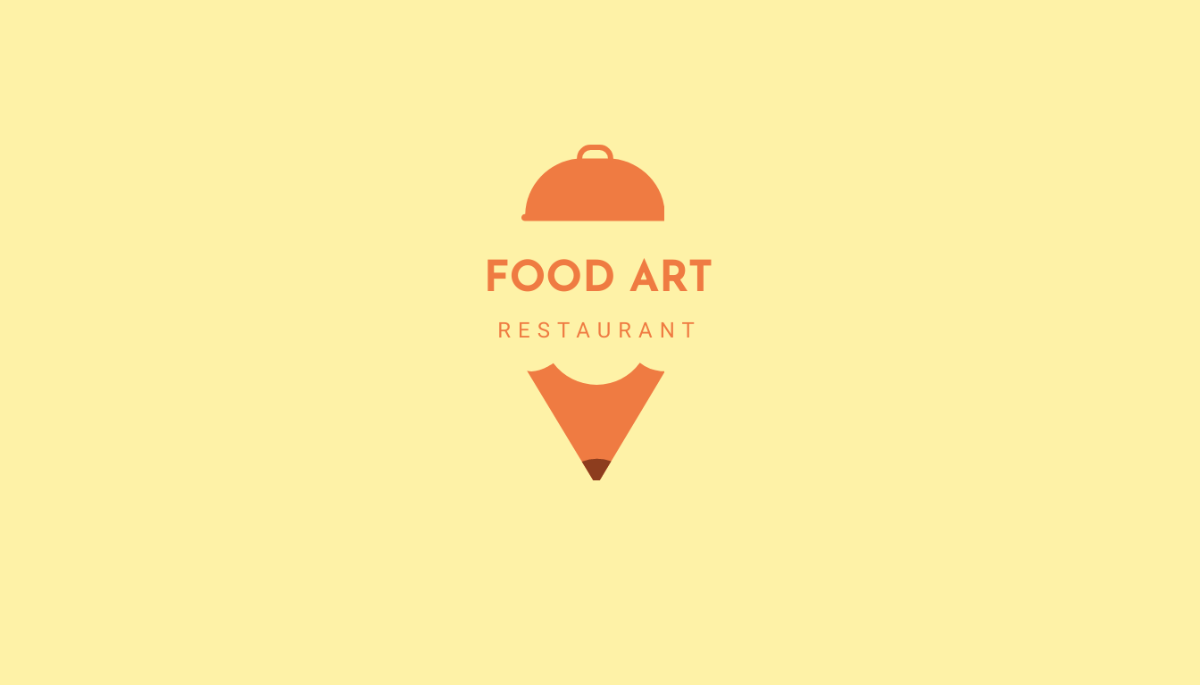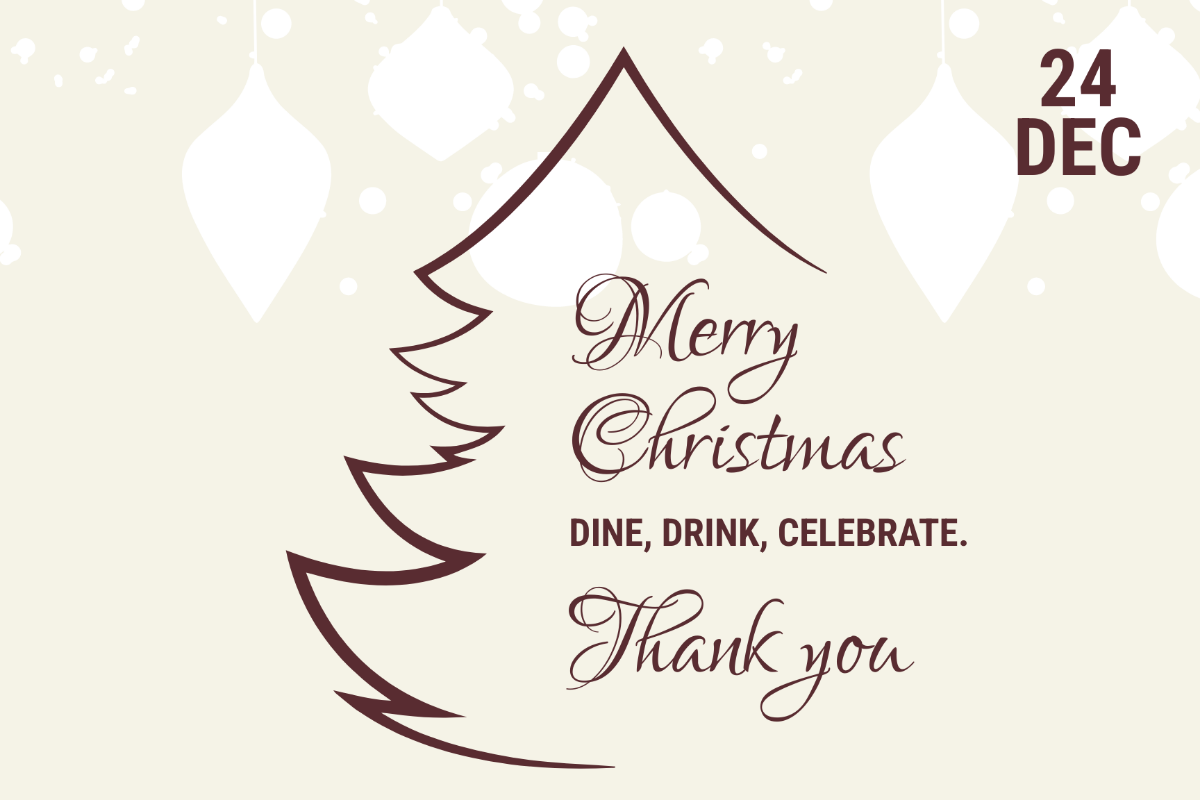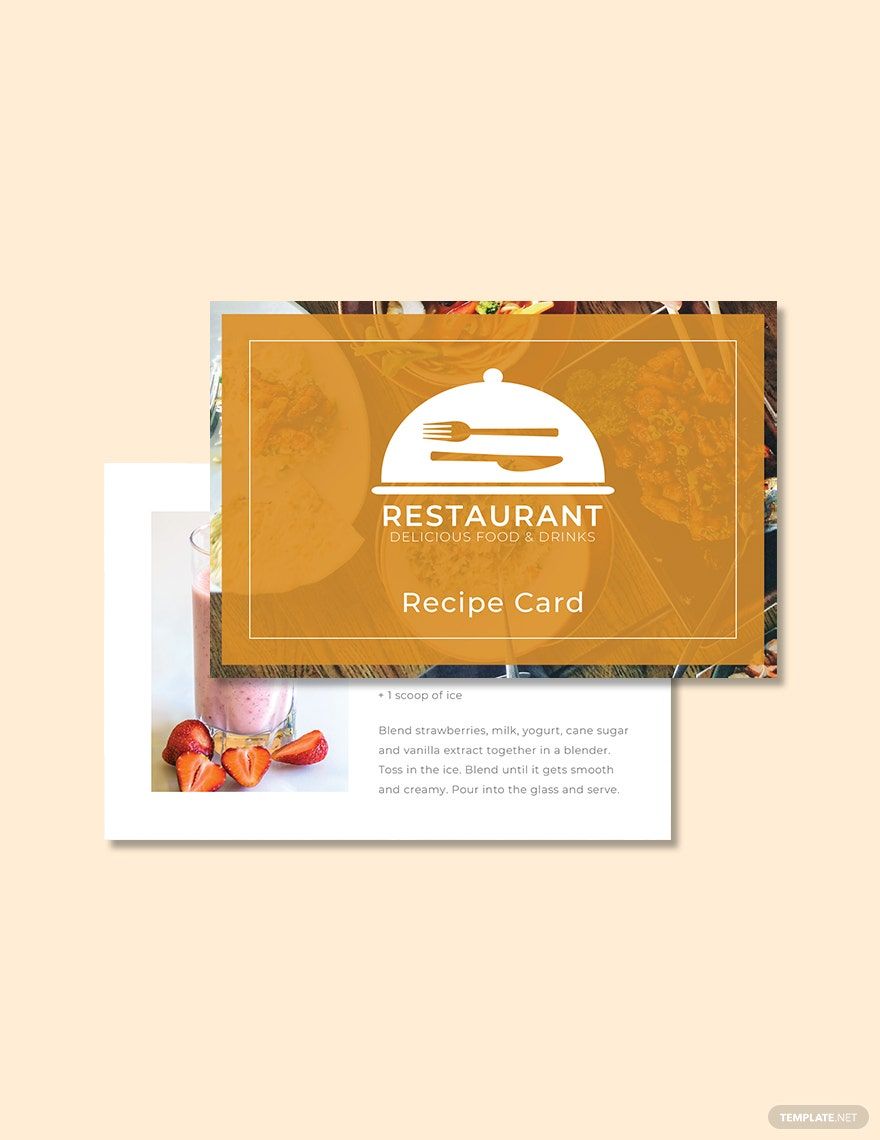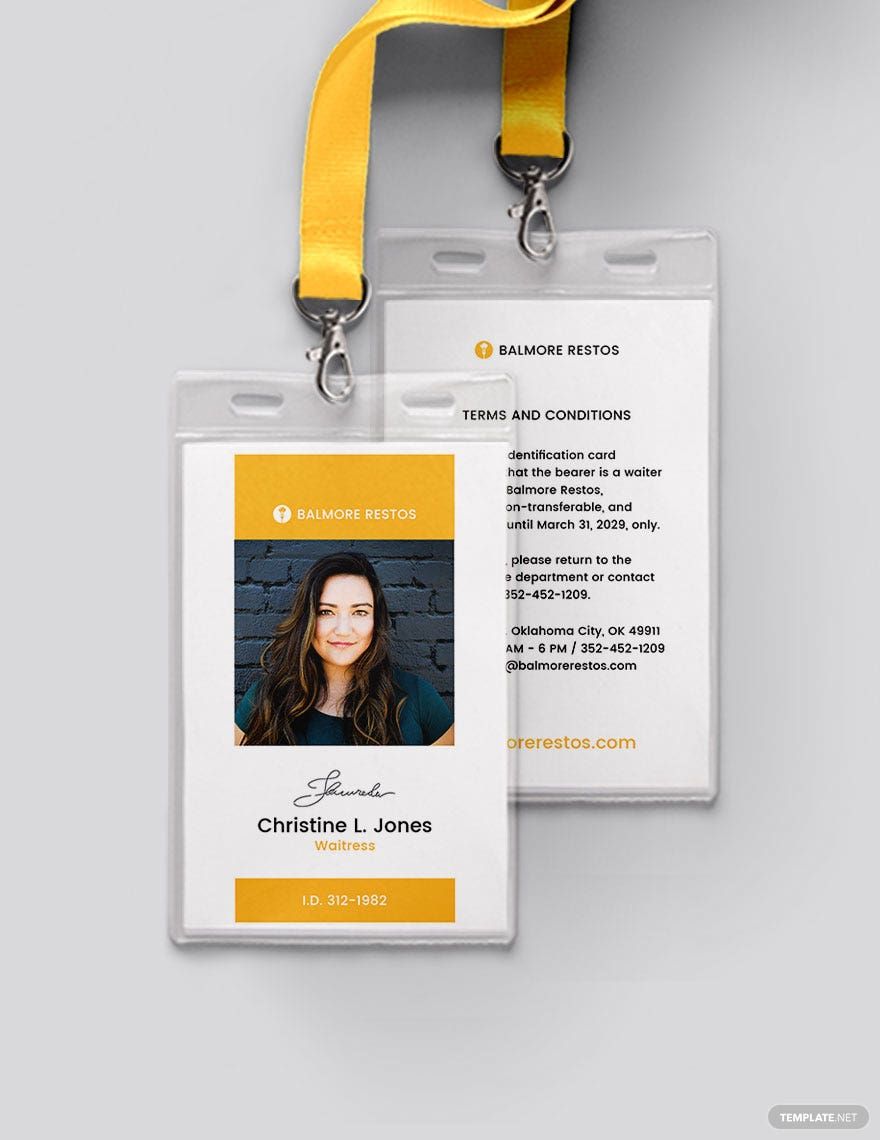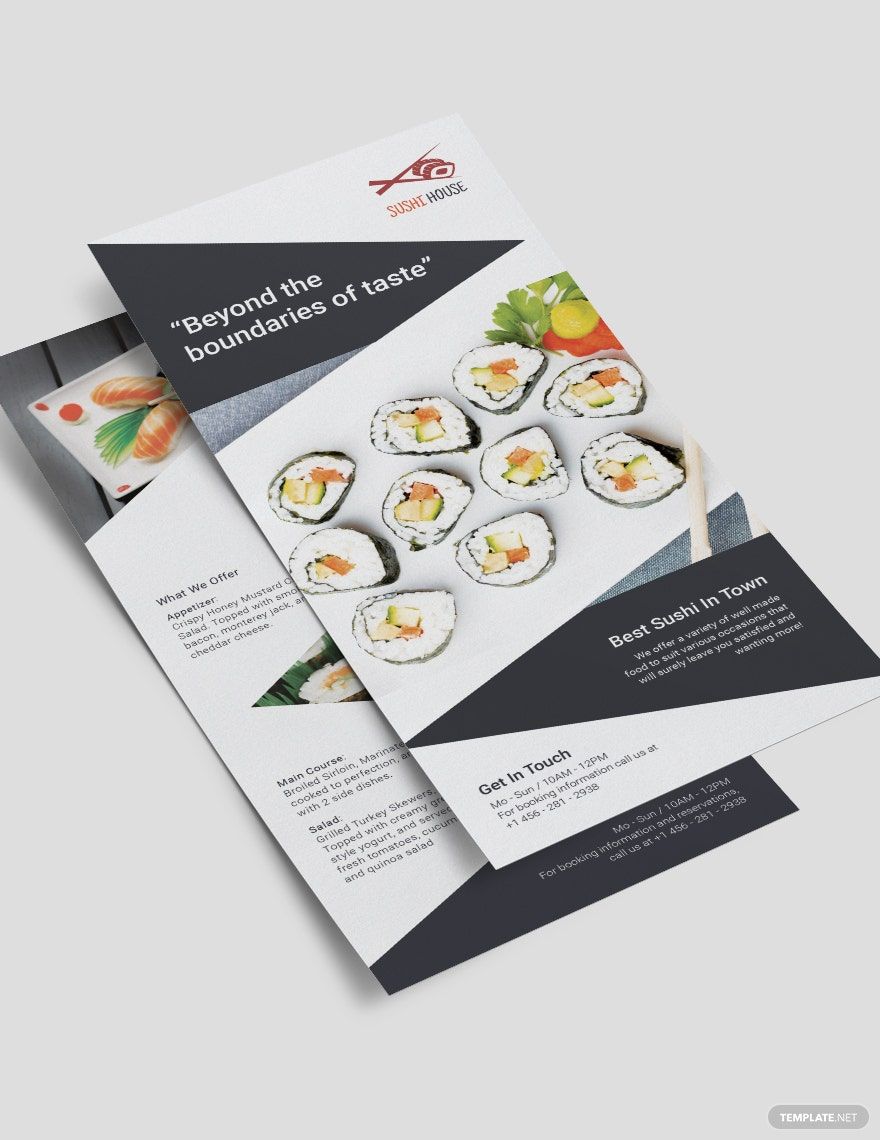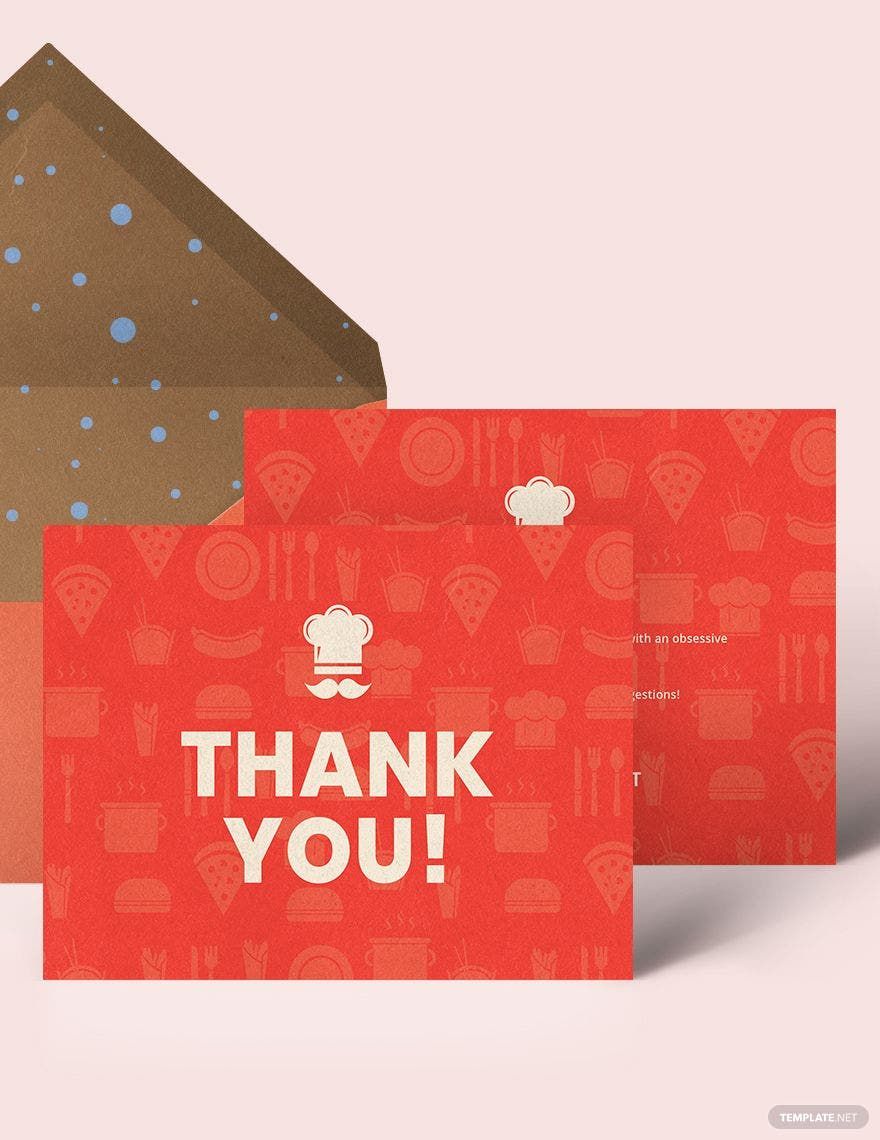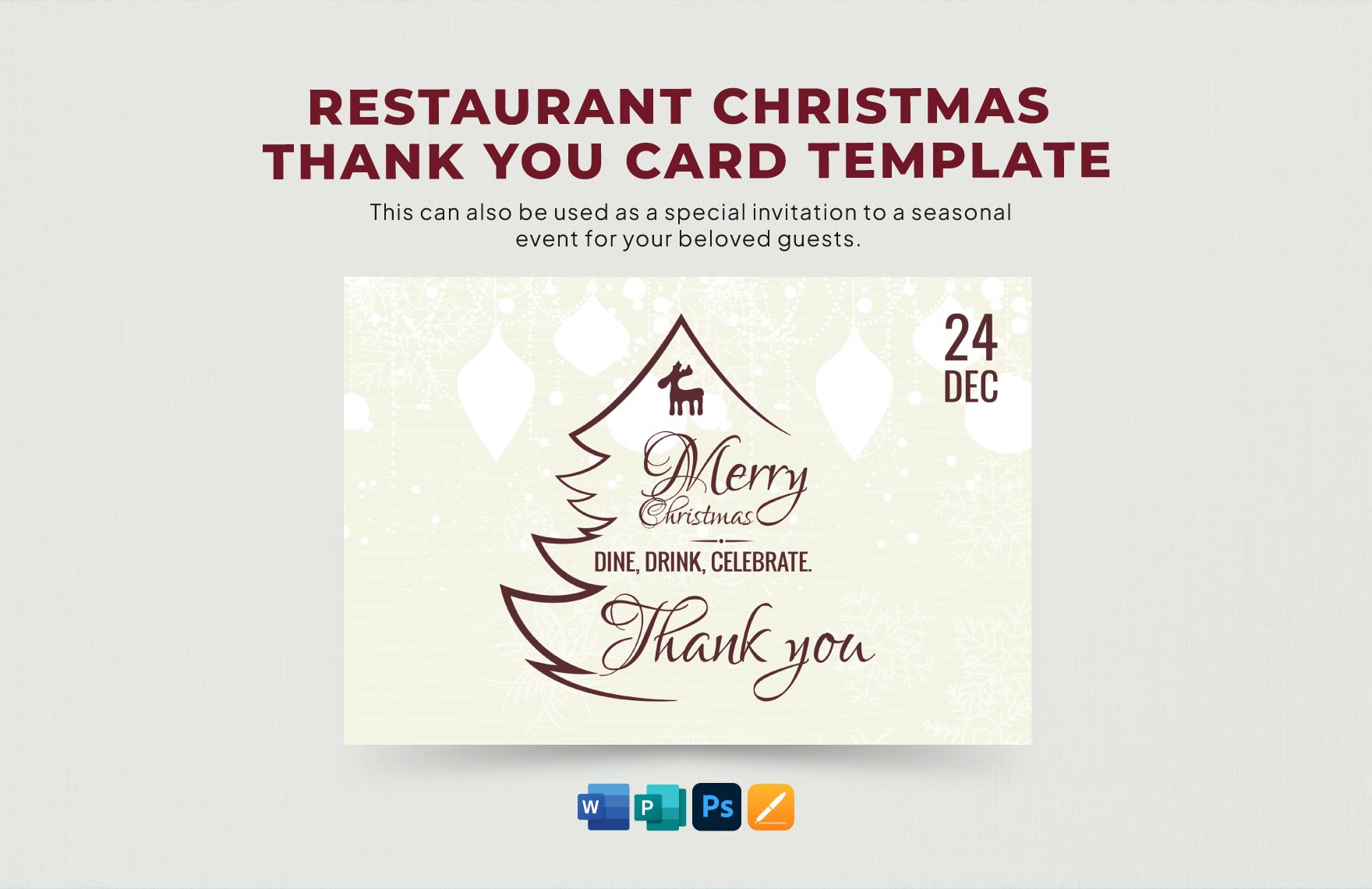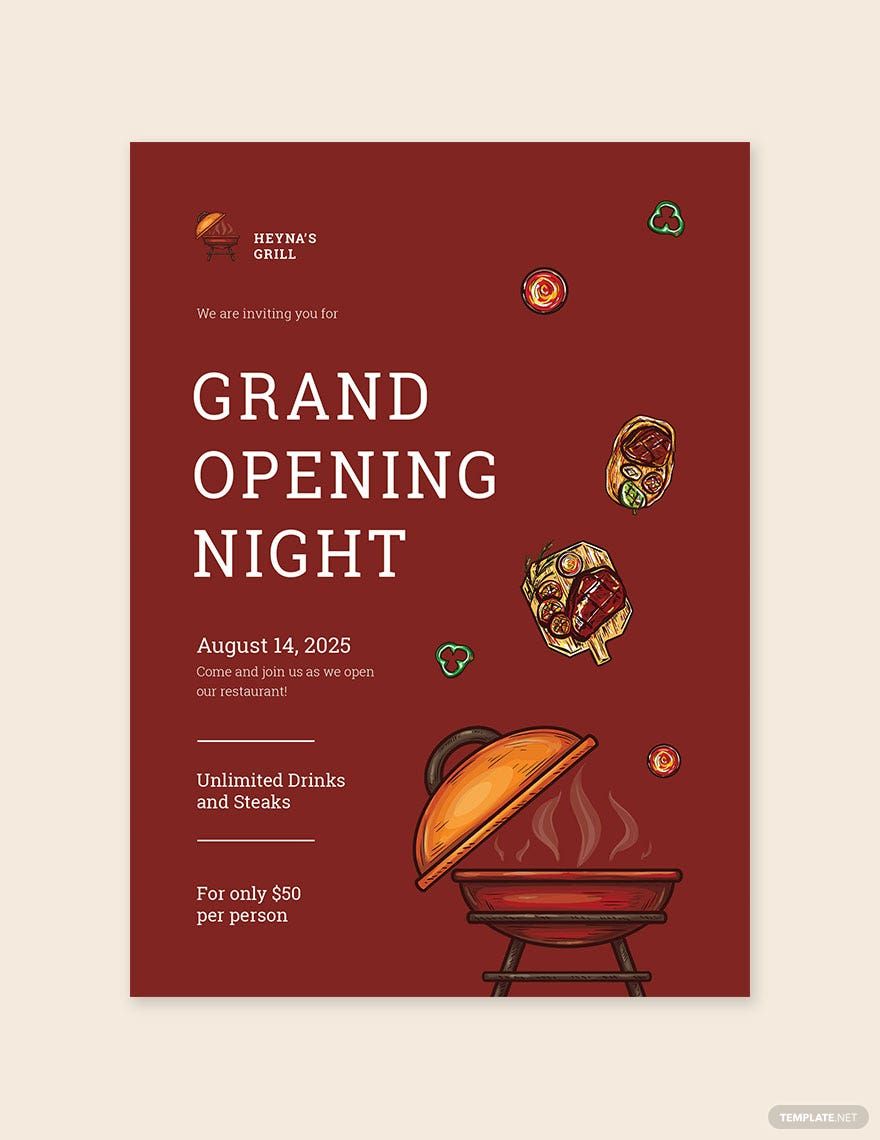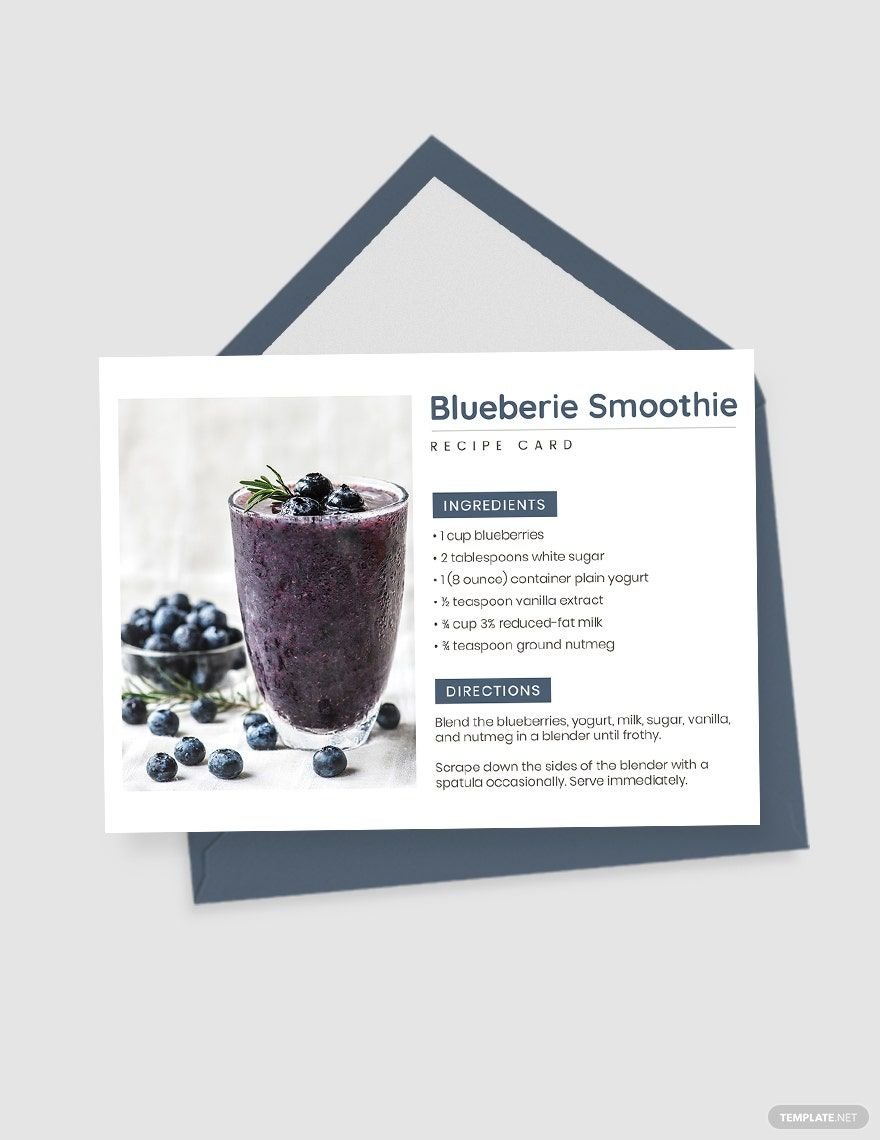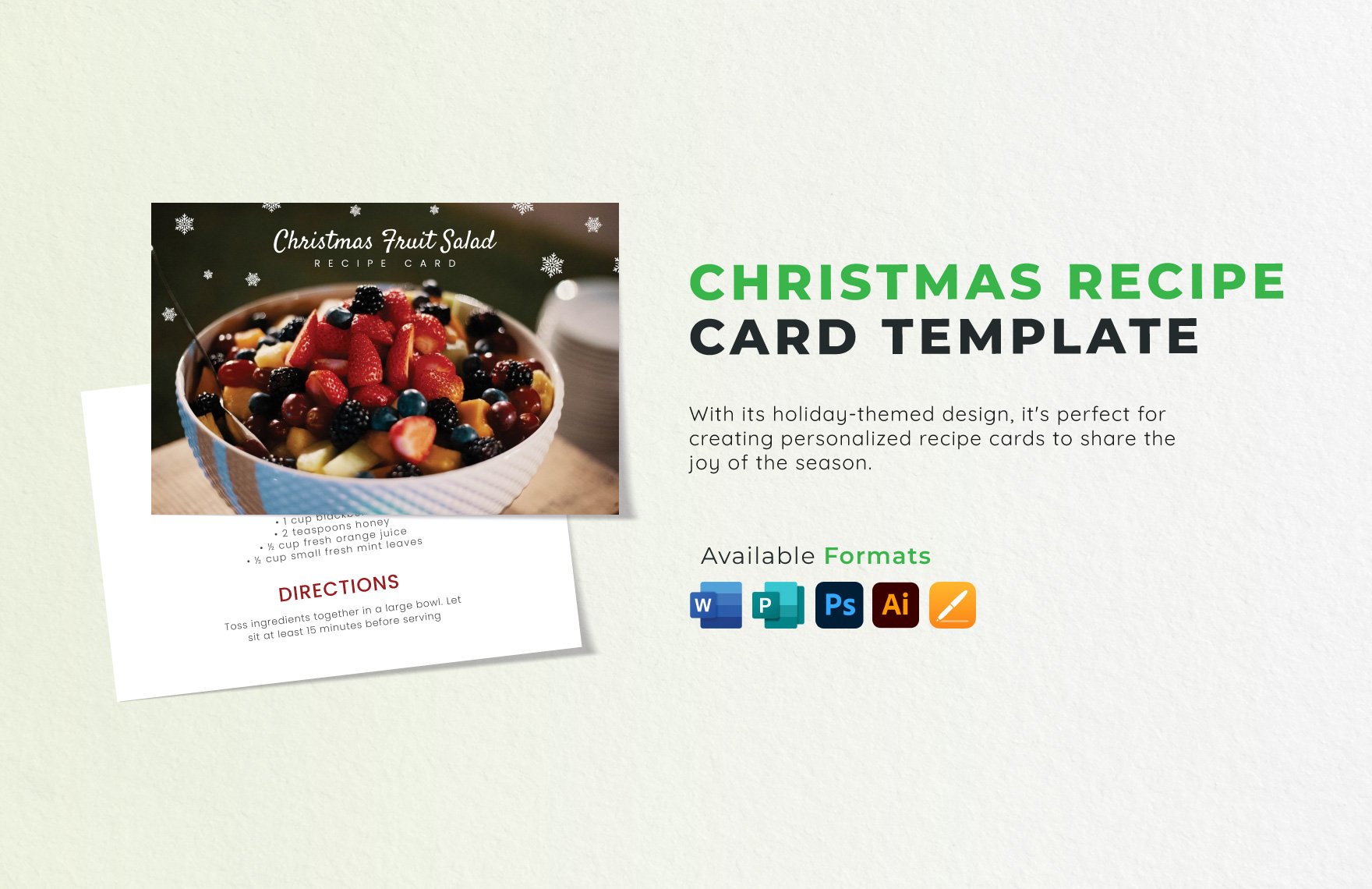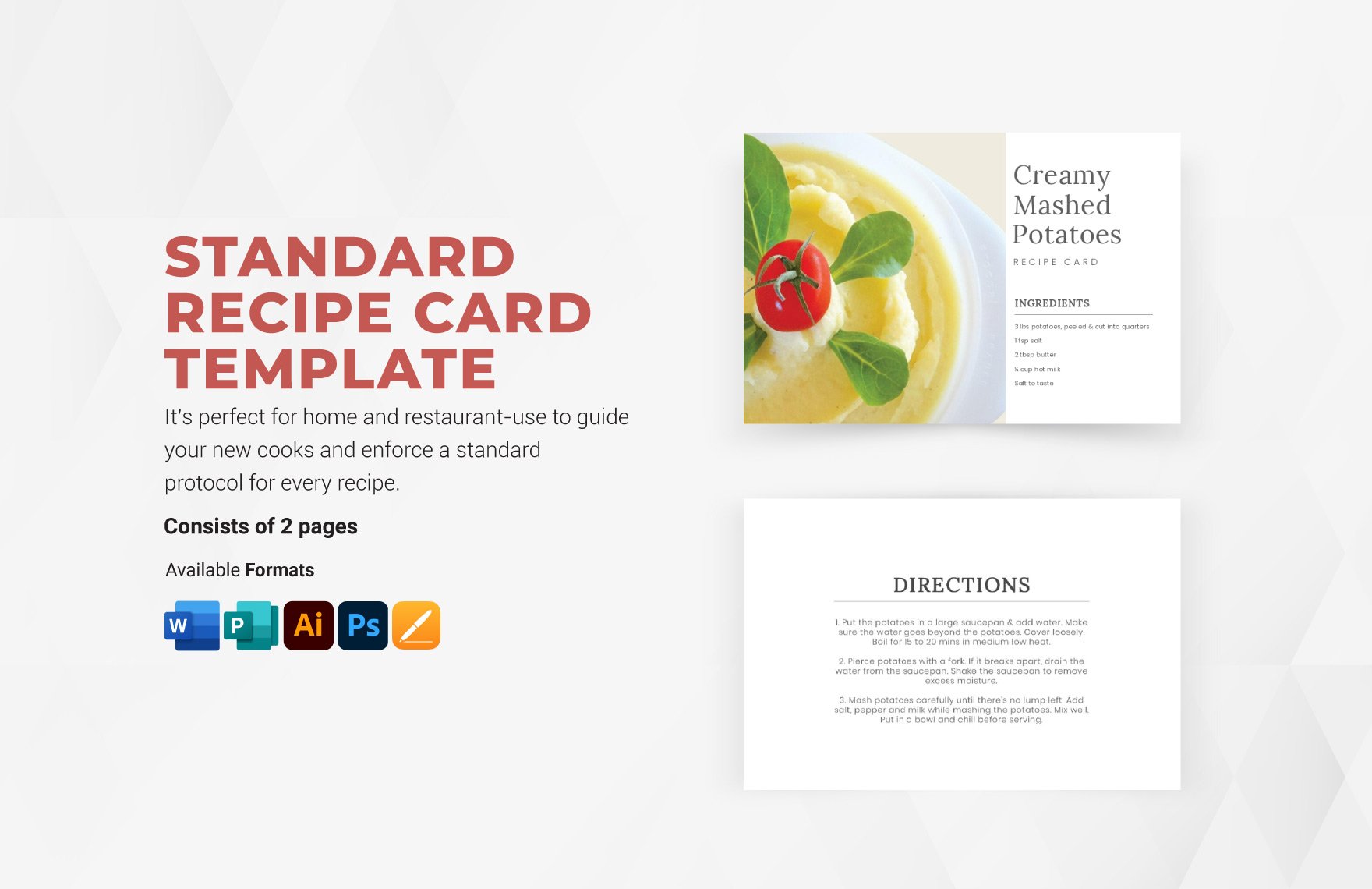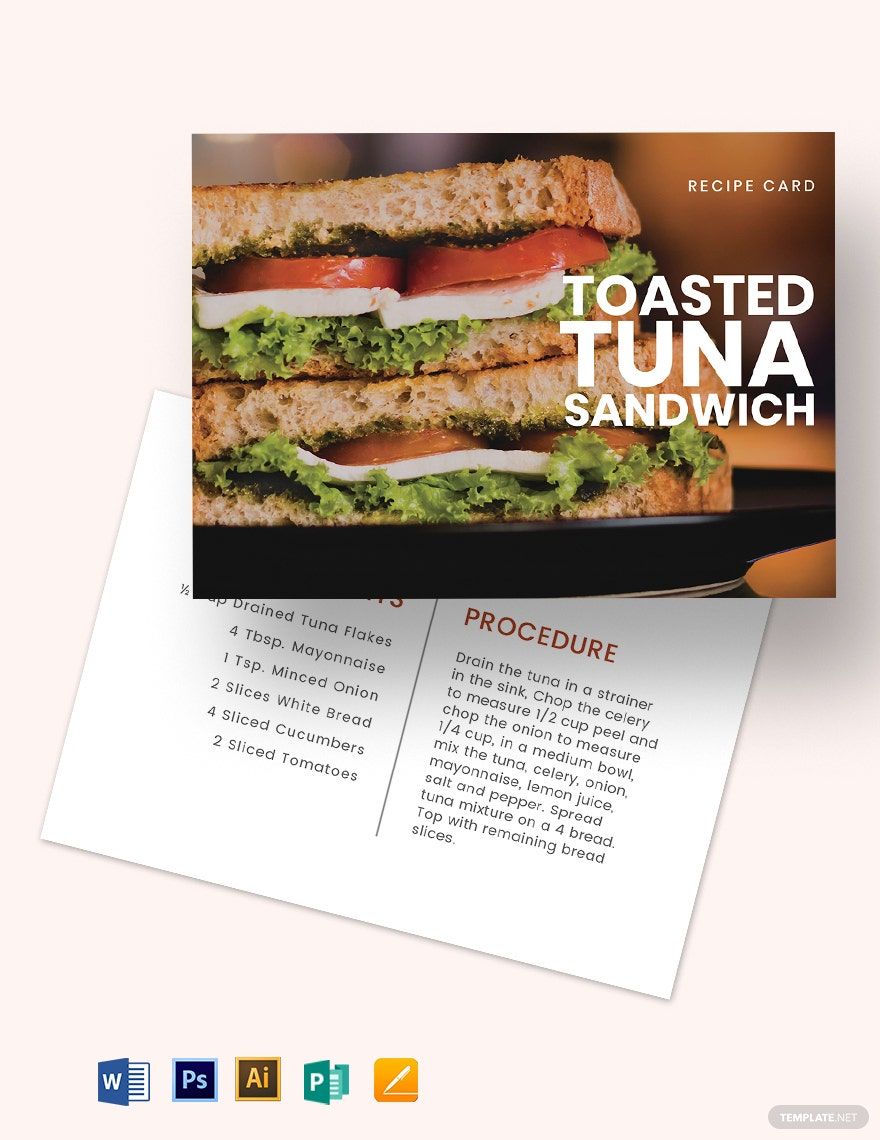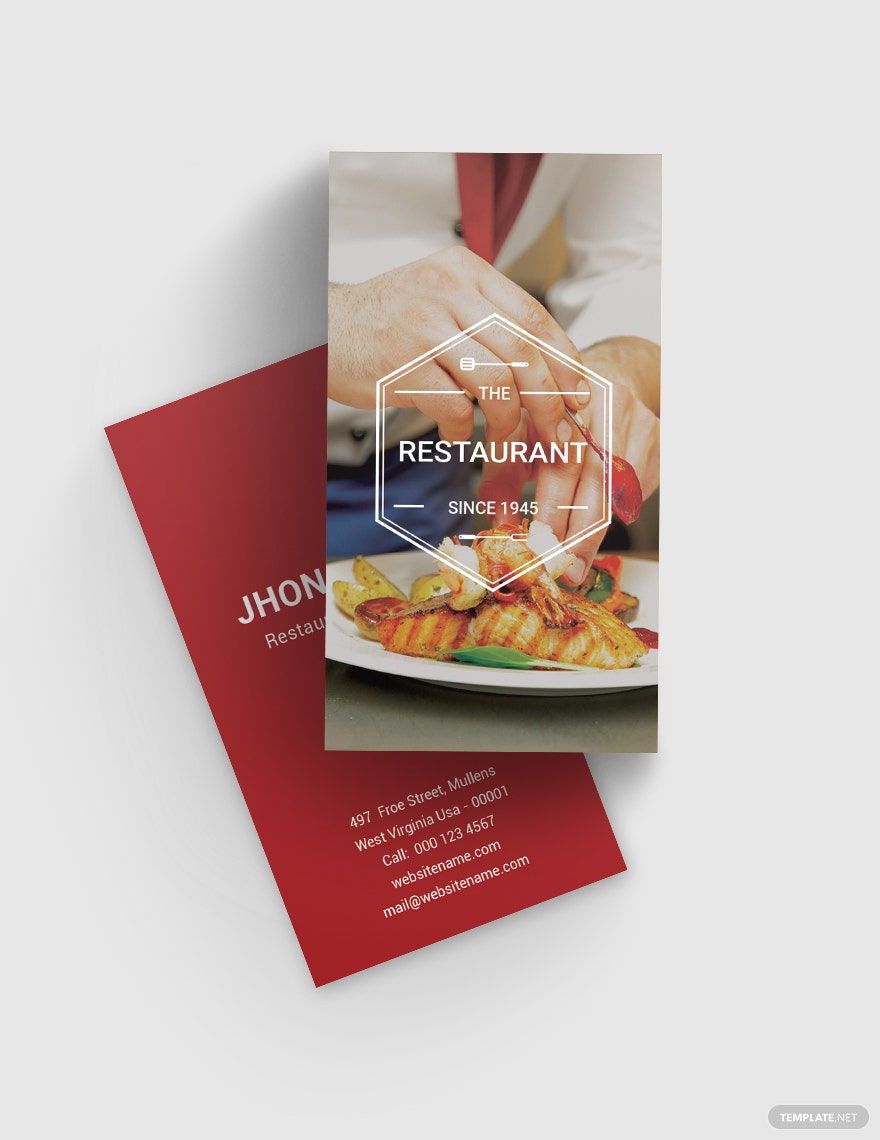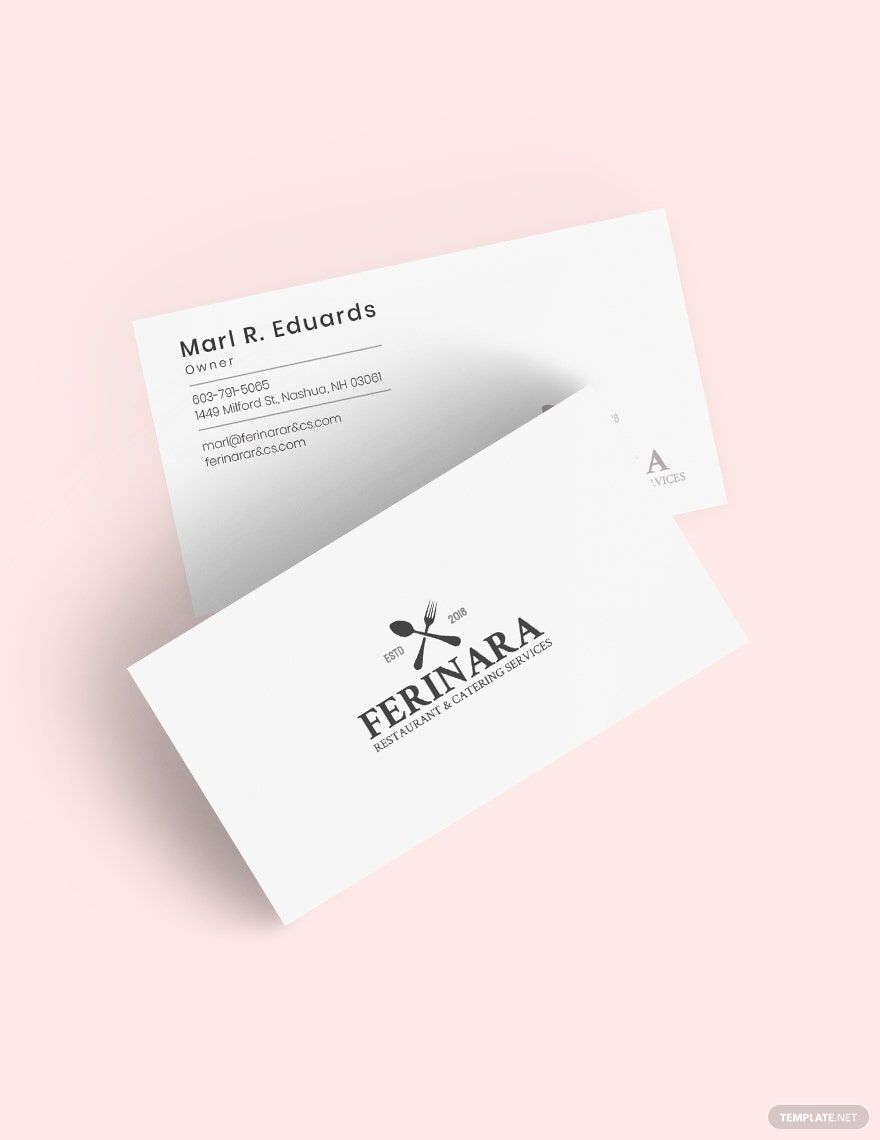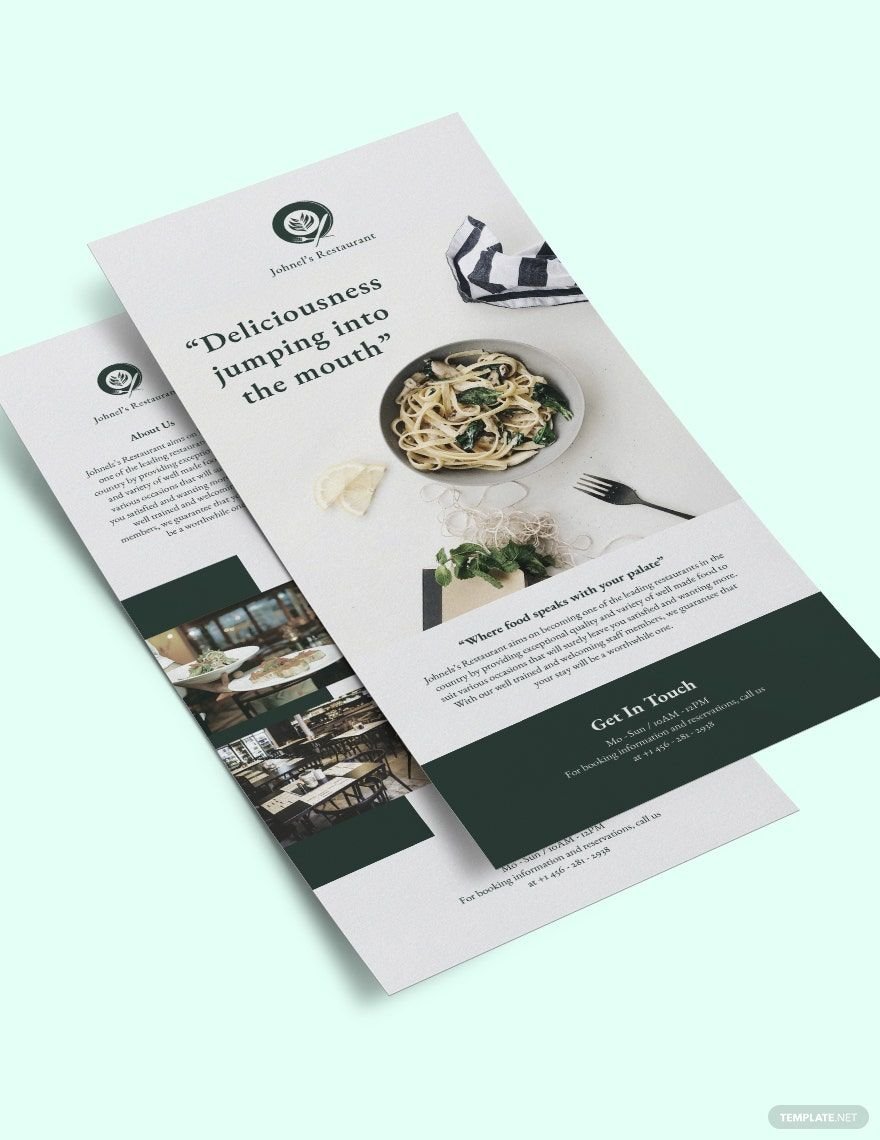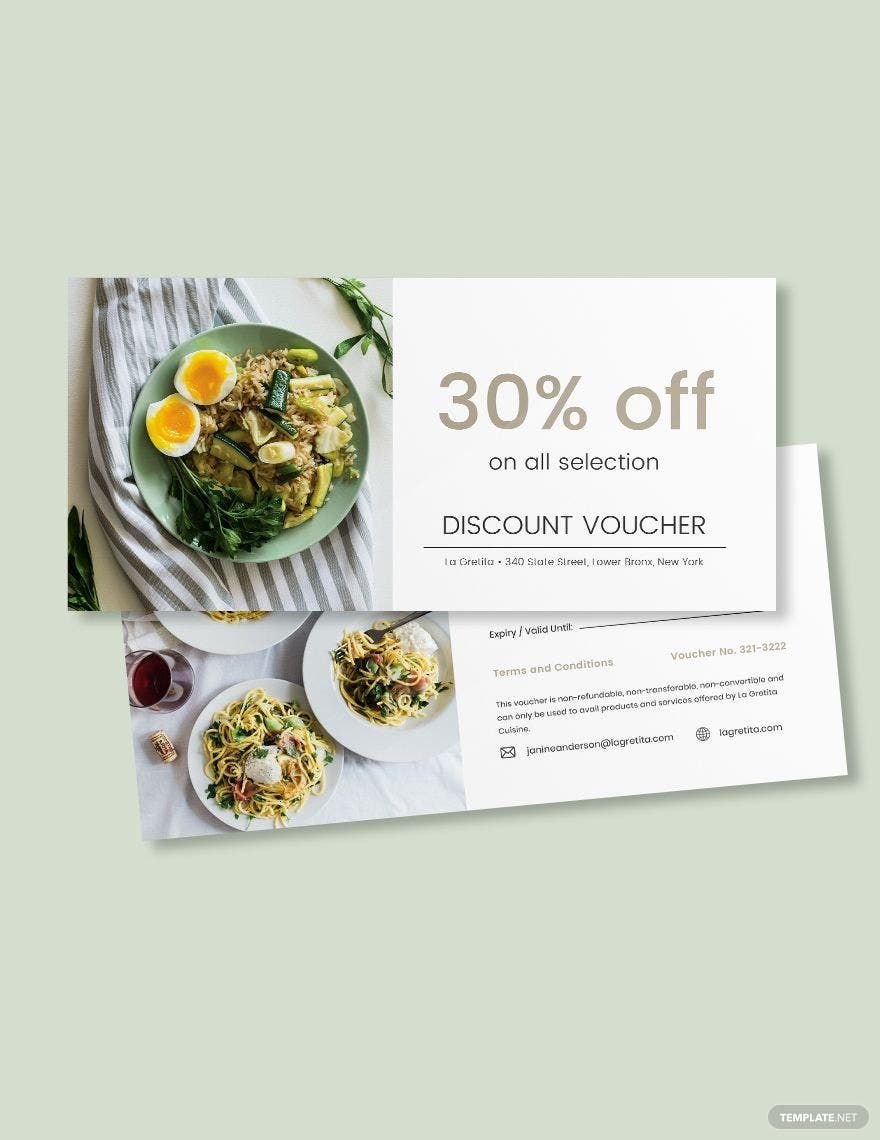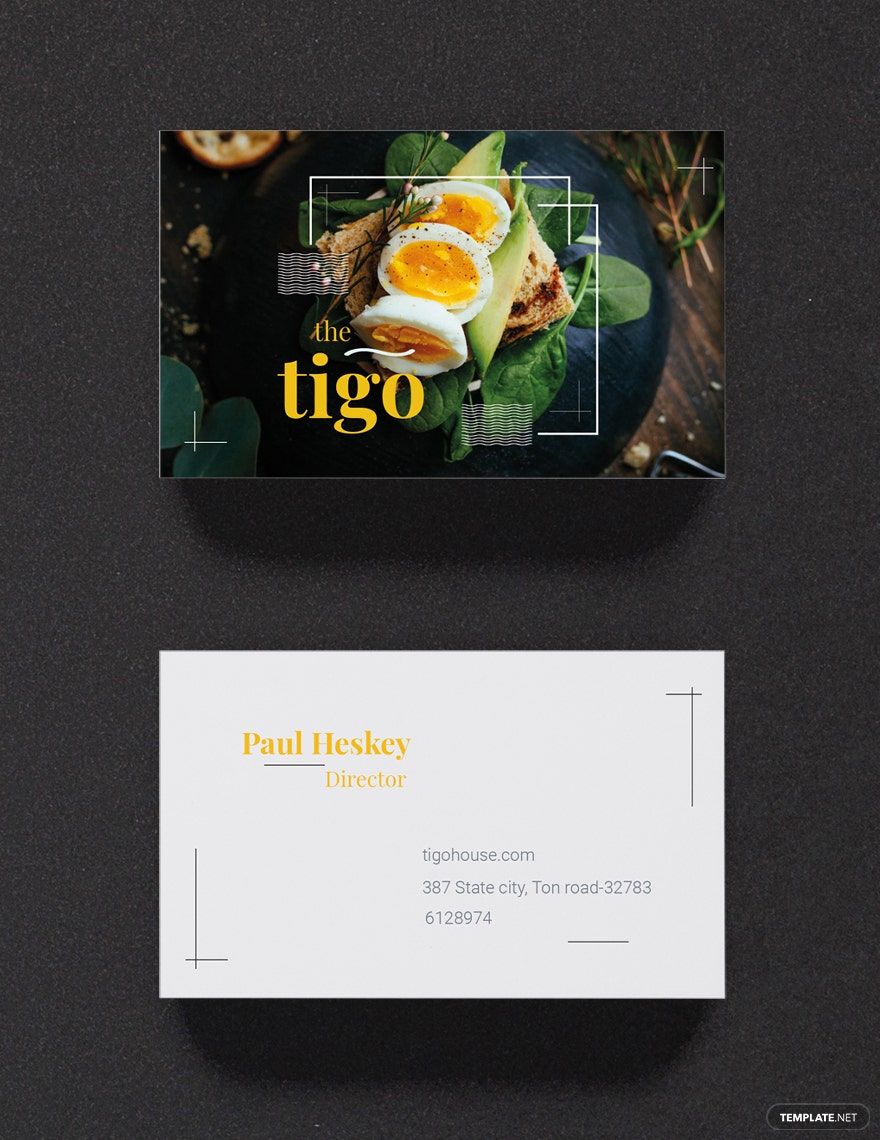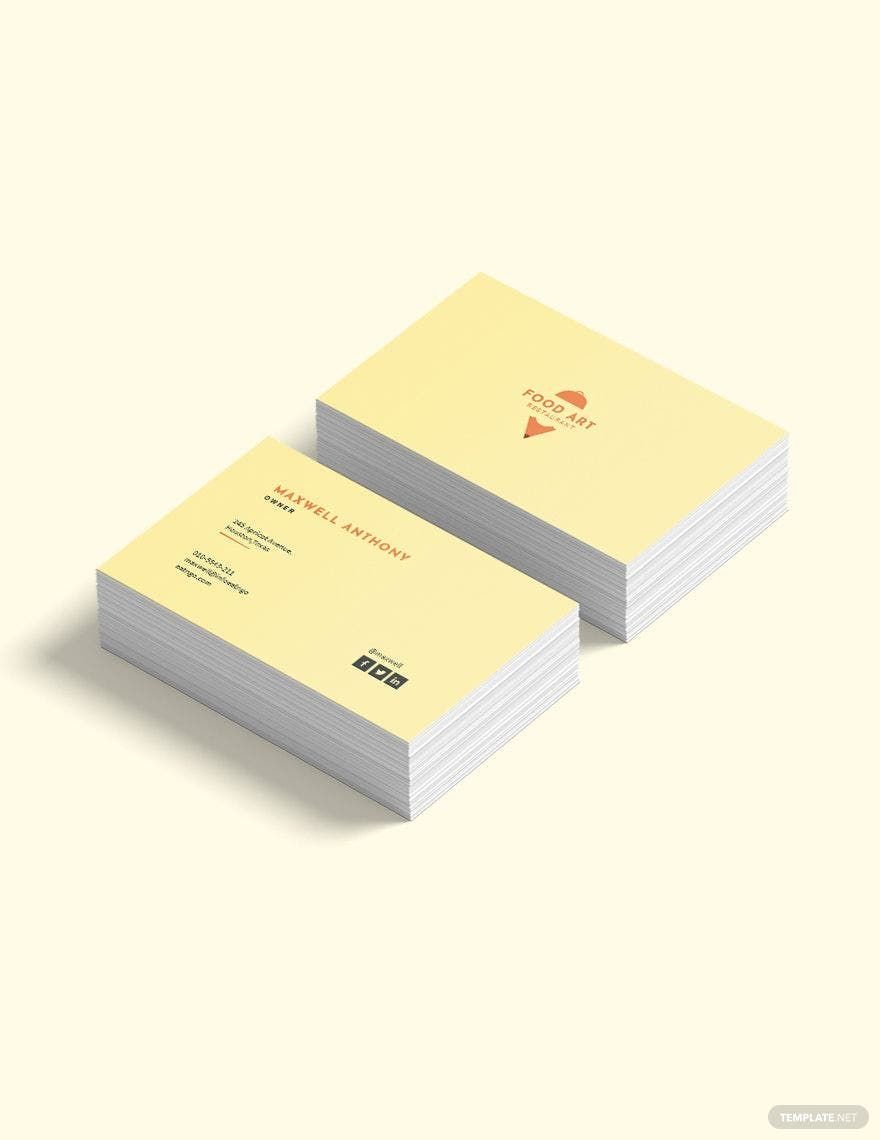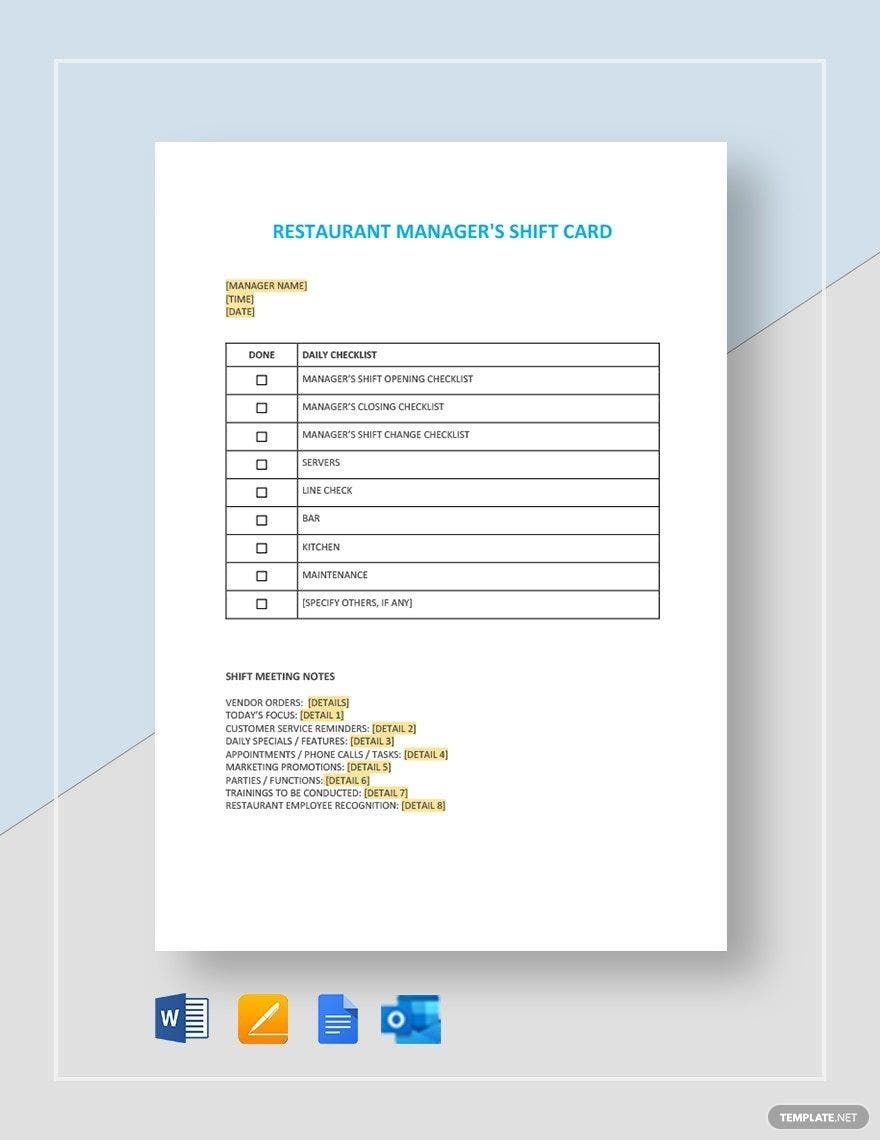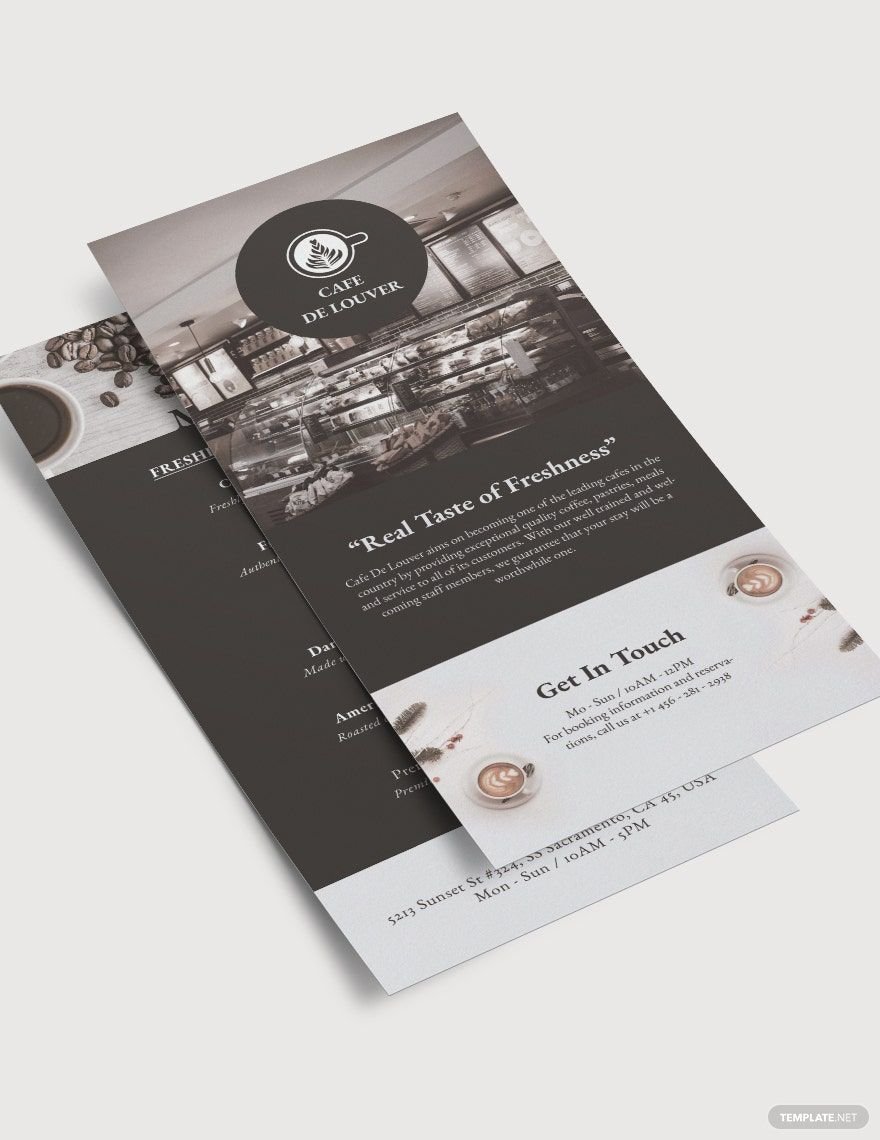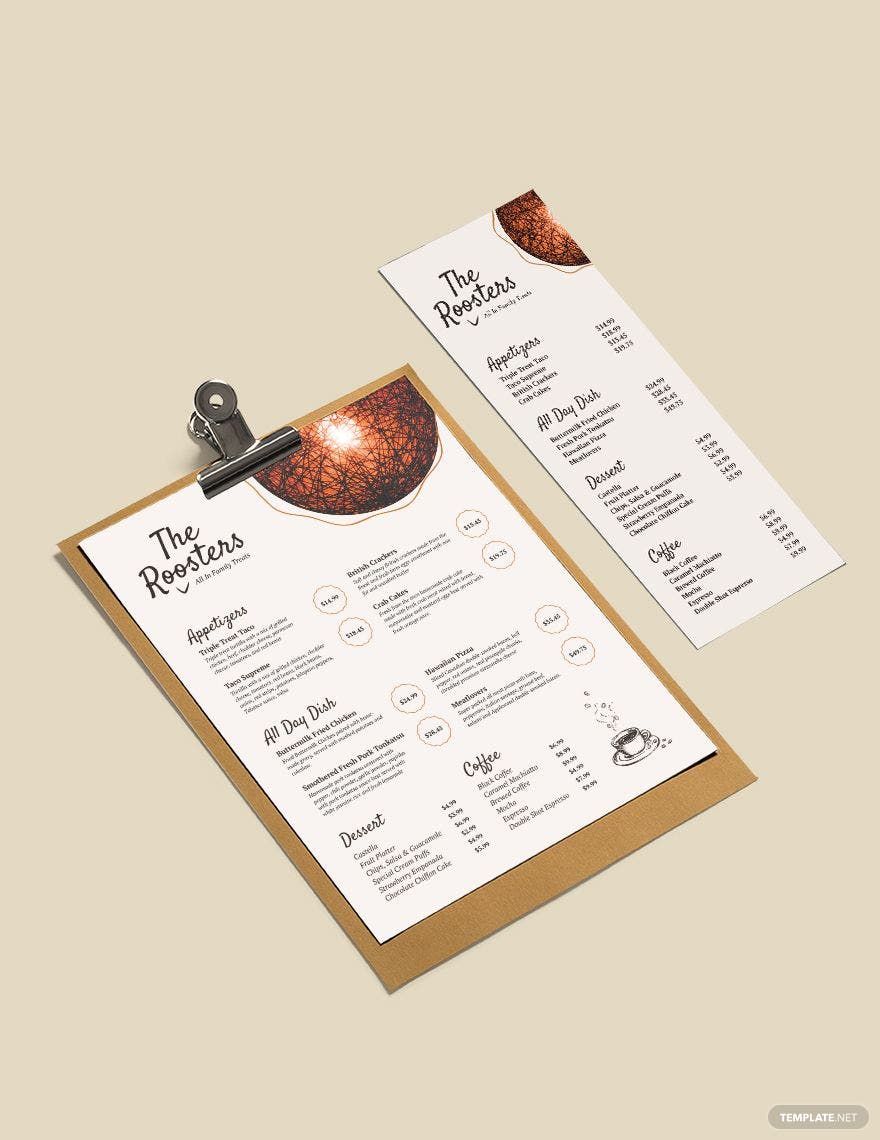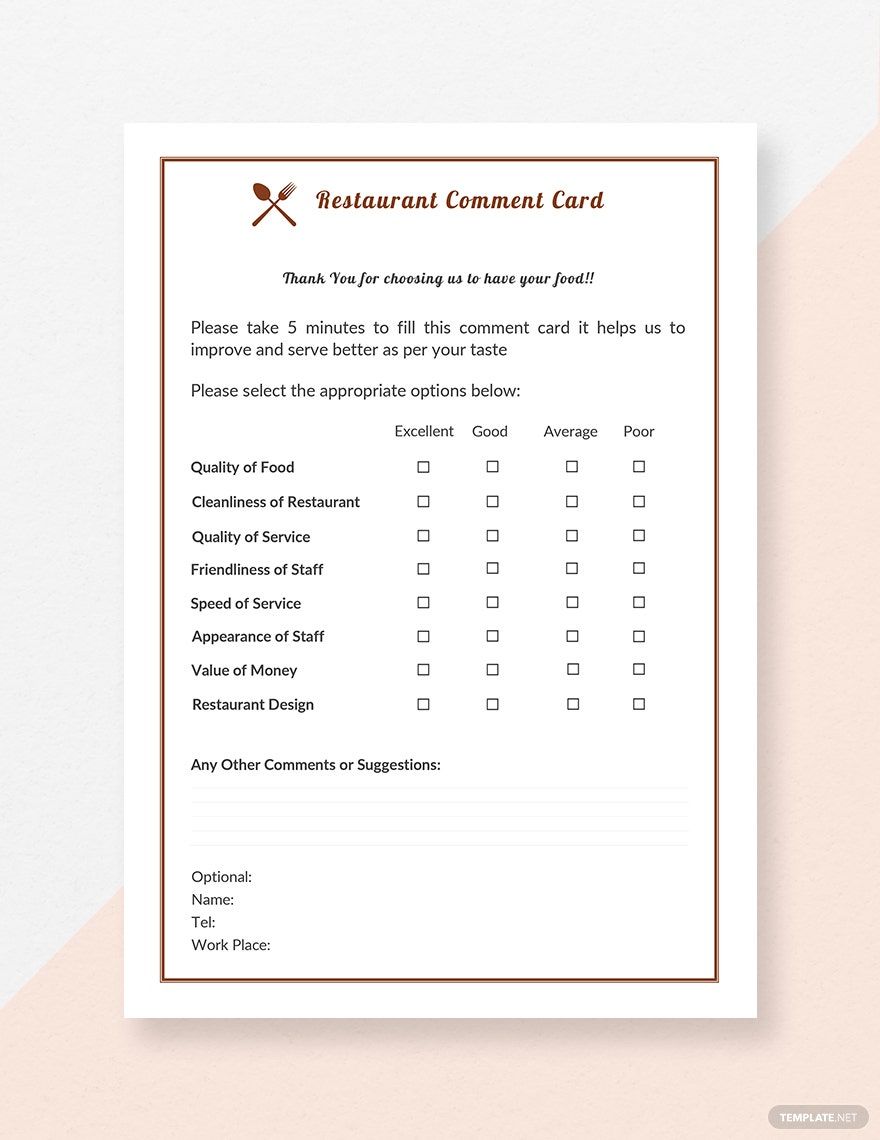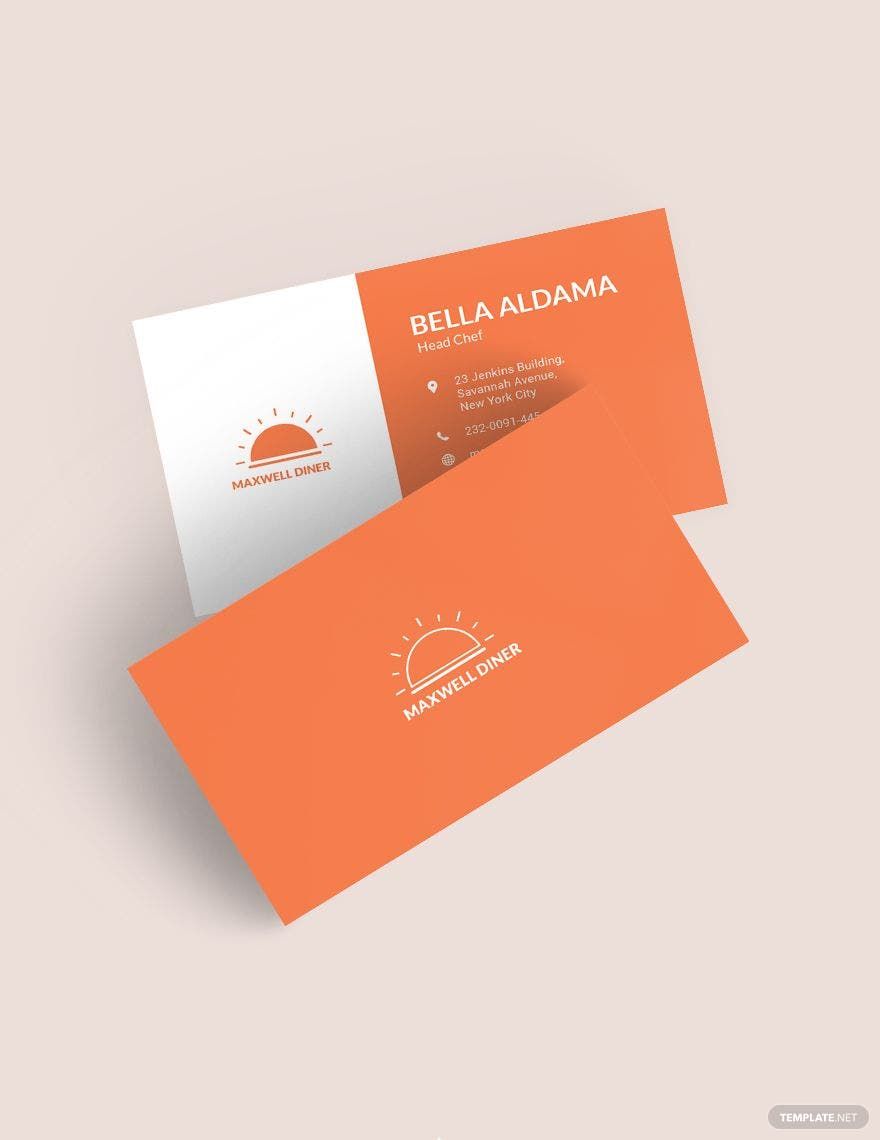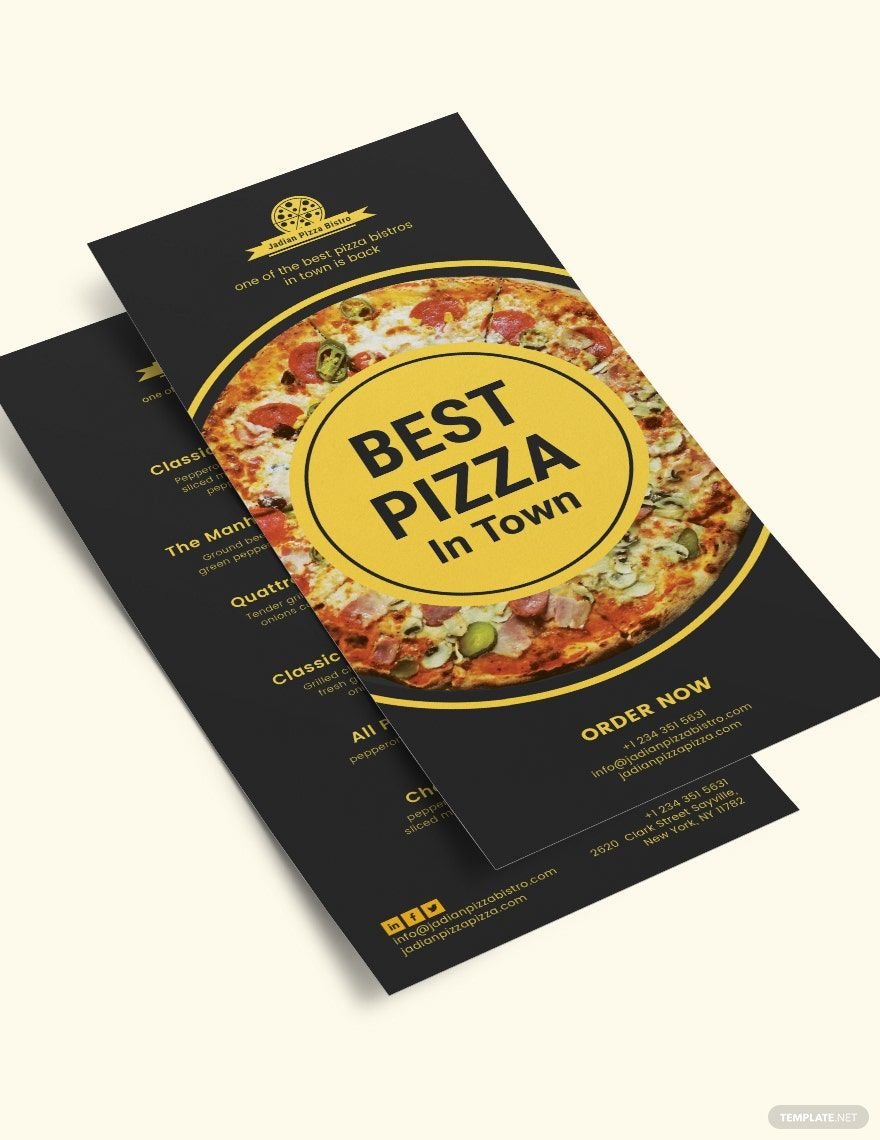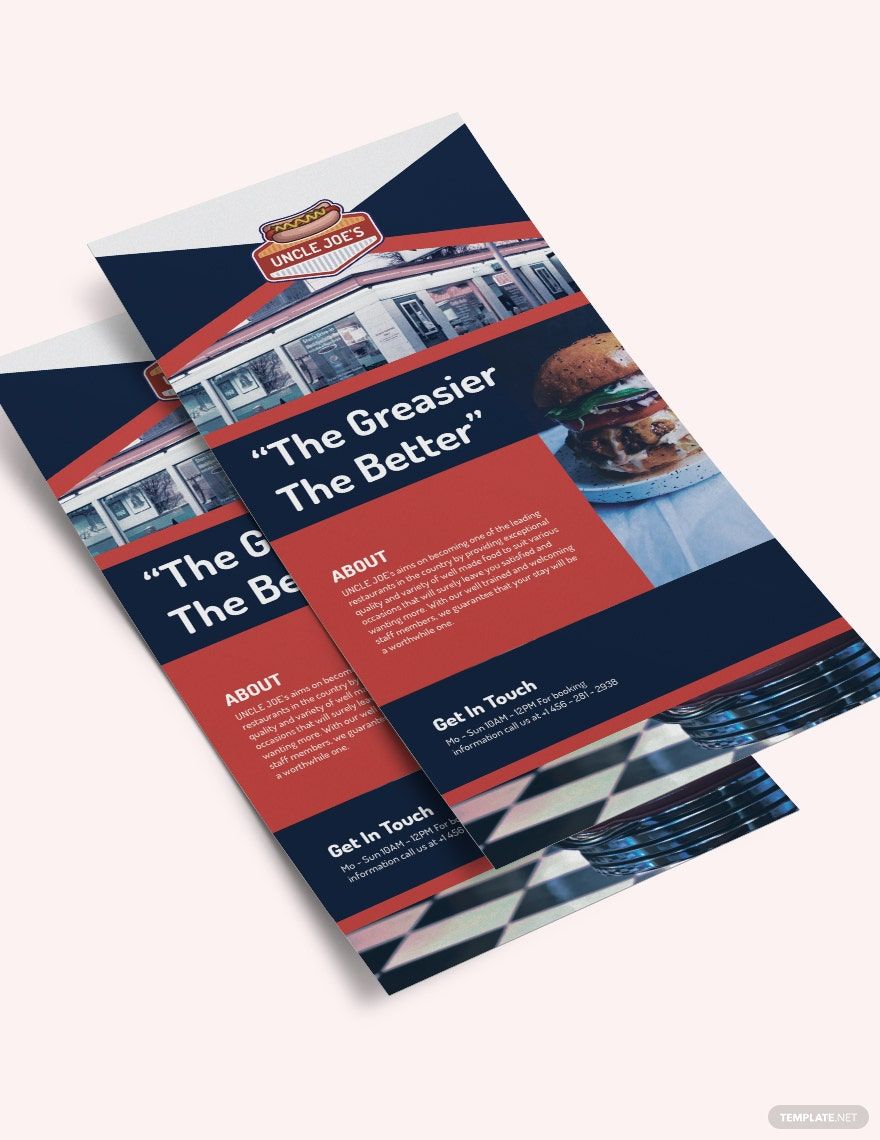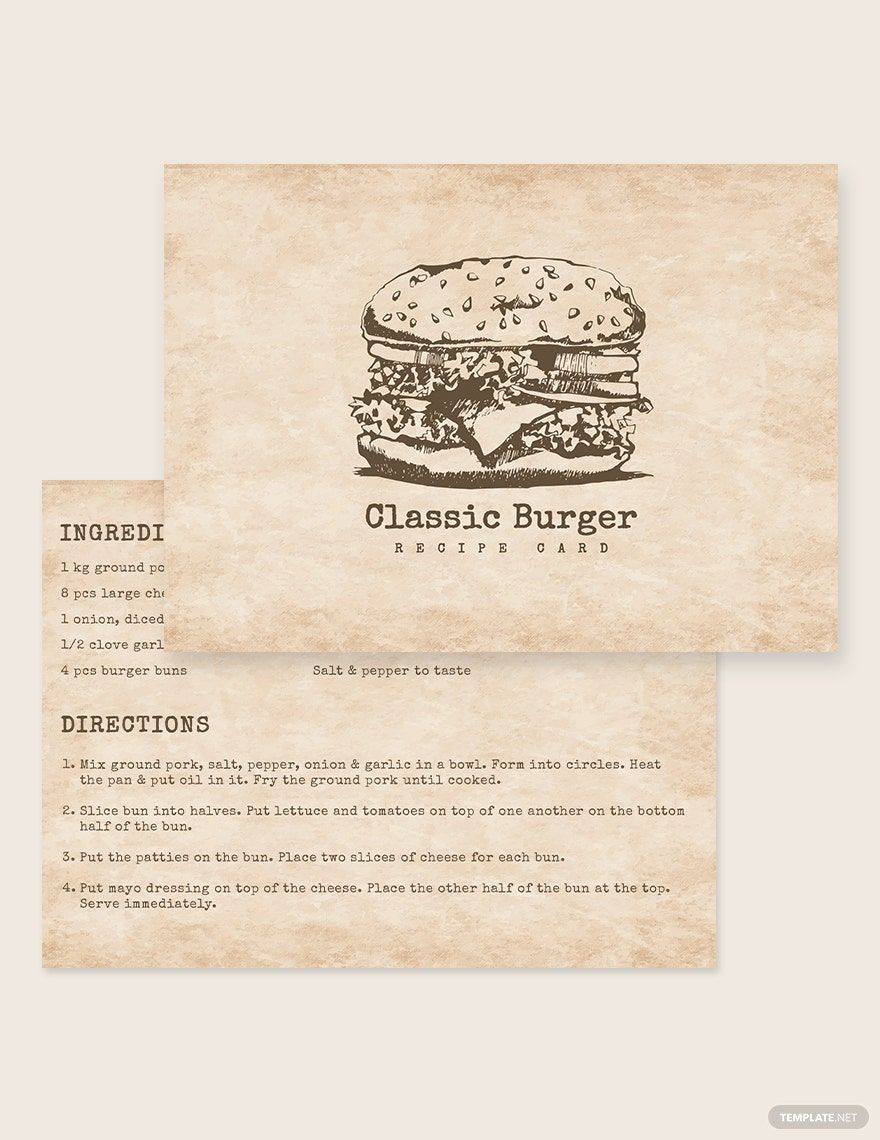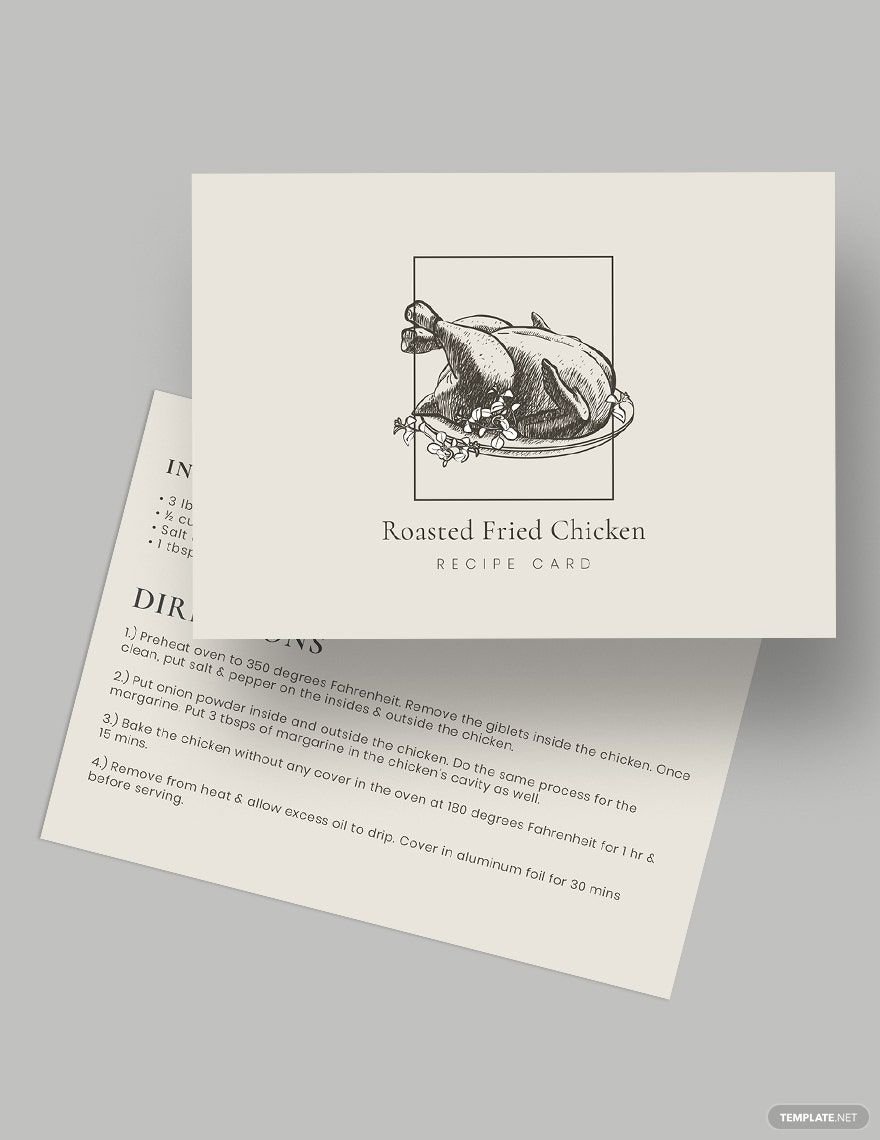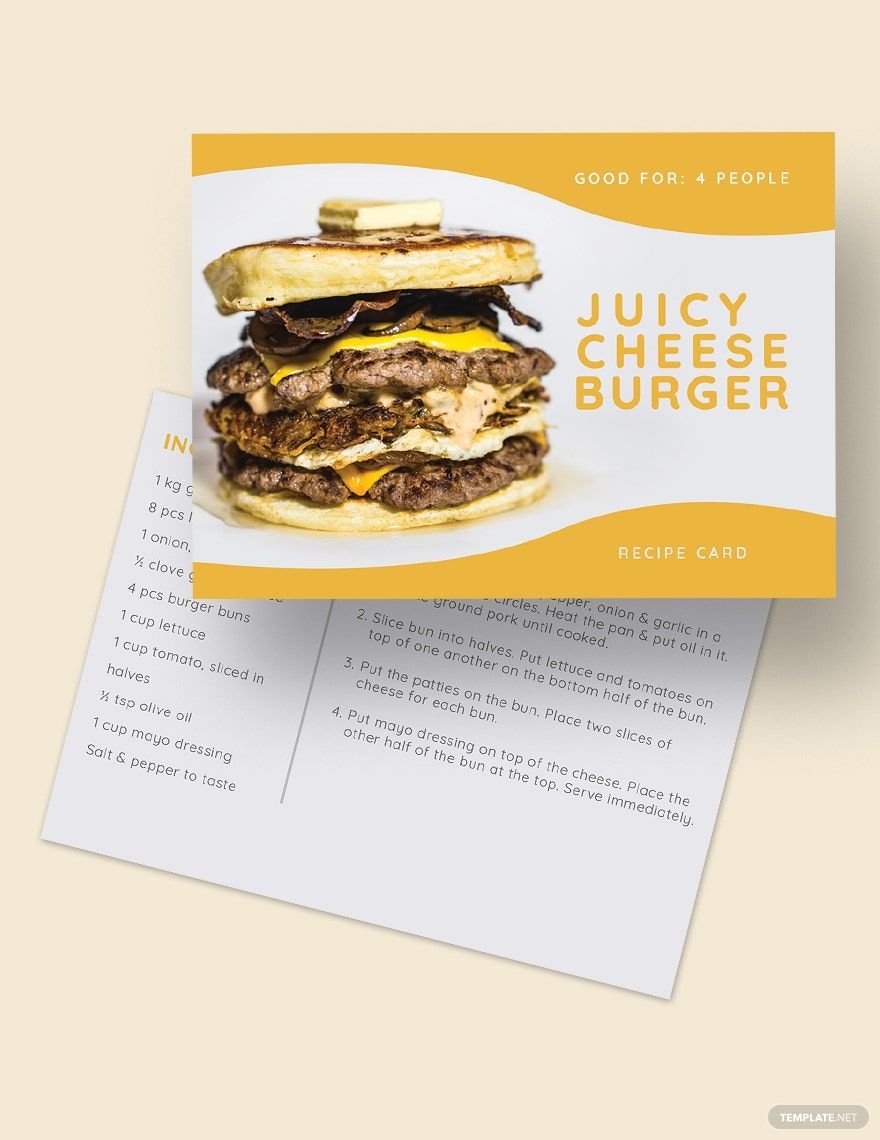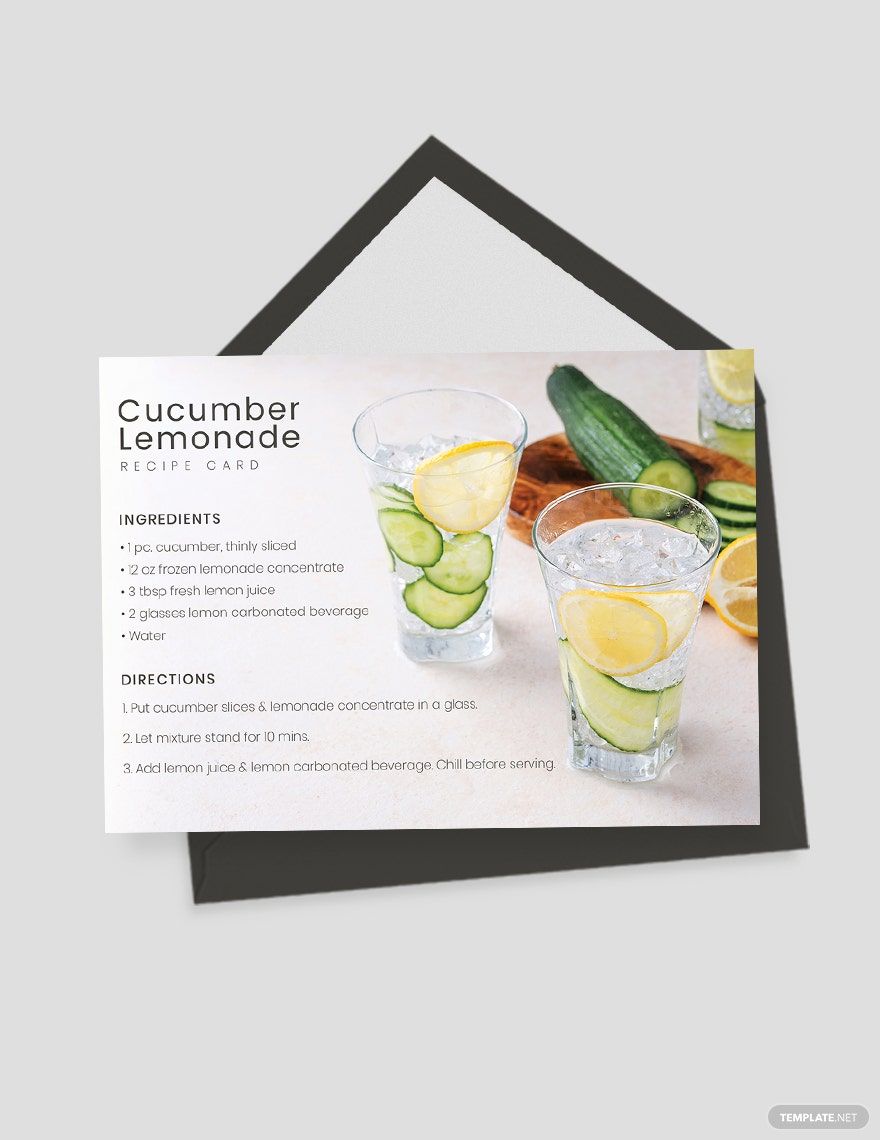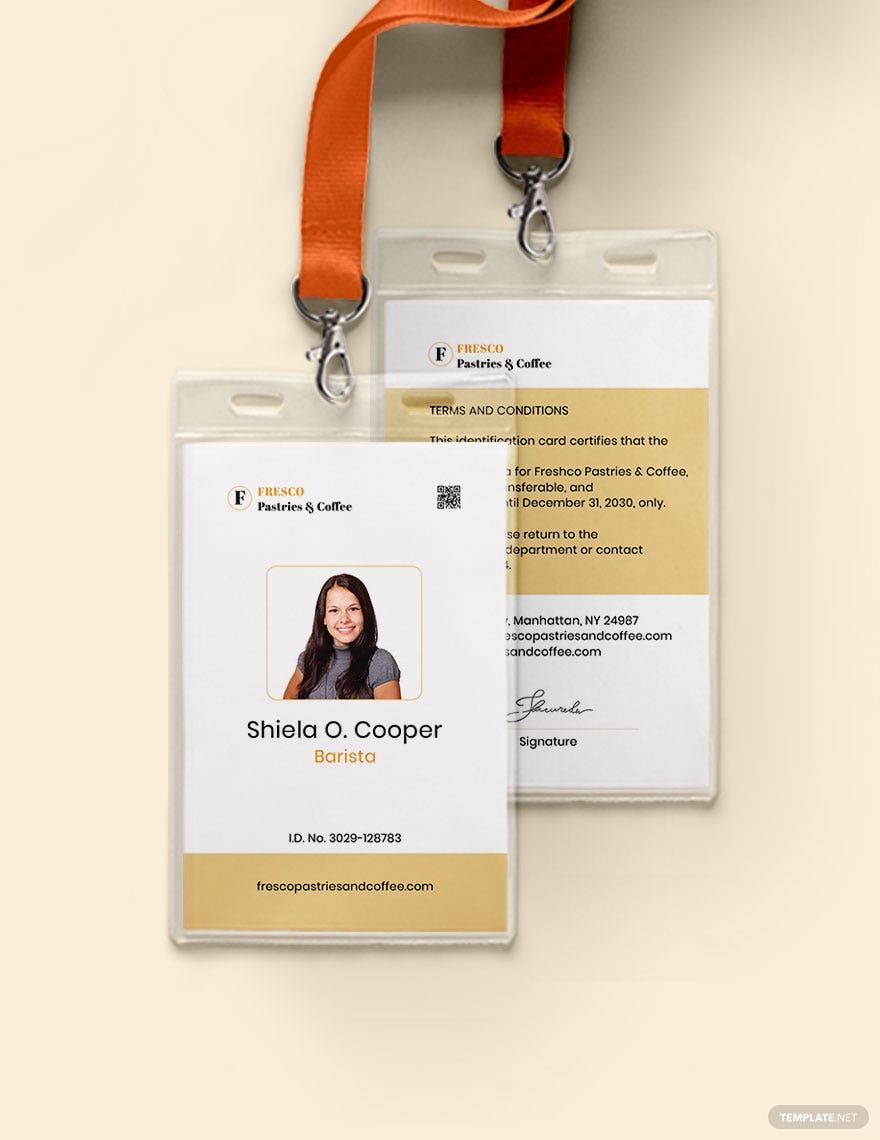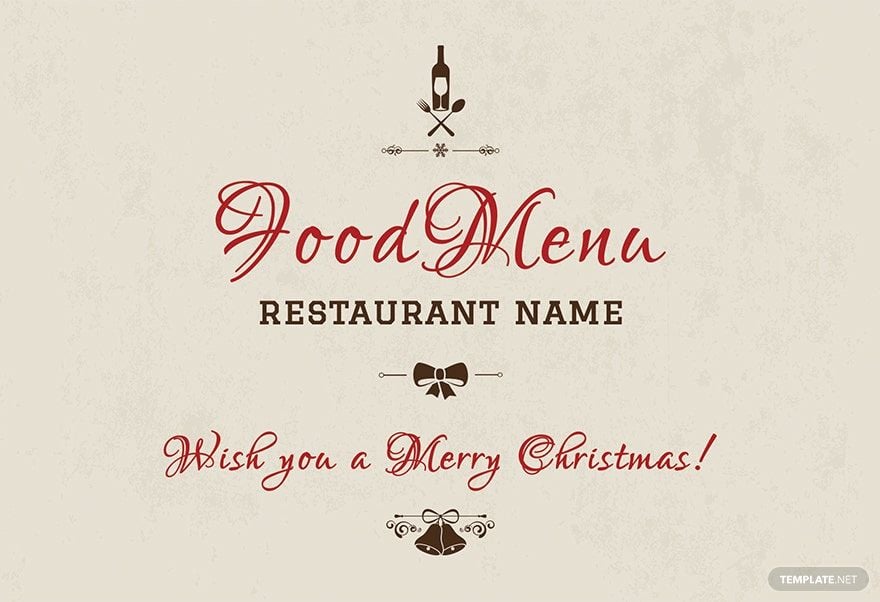Just like any other type of business, restaurants need to stand out from among their competitors to be profitable. And by standing out, restaurants should be competitive in drawing and retaining customers. Indeed, that involves various tools, but we actually have ready-made products to help you out. Here, we have Restaurant Card Templates to help you make any card-based tool to market your restaurant. These templates come with high-quality and easily editable elements, so don’t bother starting over from scratch. Help boost your restaurant’s reputation by simply subscribing to our templates today!
What Is a Restaurant Card?
A restaurant card is any card-printed material that food establishments use to bring attention to their business. This comes in various forms depending on what or how it’s used. These include business cards, gift cards, thank you cards, and even feedback cards.
How to Design Eye-Catching Restaurant Cards
Managing a restaurant is tough, considering the 125,444 competitors to date. That data is taken from IBISWorld’s most recent report. To get to the top, you need the best marketing tools. Listed below are tips to help you make catchy and impressive cards to help your business shine.
1. Determine What Your Restaurant Needs
Keep yourself from making something that your restaurant already has or doesn’t need. Instead, know what it does need before you start making your modern cards. This will help you save a lot of your time, and your restaurant a lot of money.
2. Decide on a Specific Type of Card
In addition to determining what your restaurant needs, you should focus your project on one type of card at a time. This is when you need to start prioritizing. Decide whether to start working on an invitation card, a discount card, or a menu card.
3. Incorporate Your Restaurant’s Theme
This applies not only to your cards but also in other materials that your restaurant uses. This makes it easier for the public and your customers to easily distinguish your cards from those used by your competitors. Aside from the name, also include your logo and your restaurant’s color scheme.
4. Design for Your Customers
When designing your cards, don’t do it for yourselves but do it for your customers instead. This is why it’s important to always consider your target market. Your cards should appeal to what your audience wants, whether these are new or old customers.
5. Keep the Details Clear and Legible
How can your cards appeal to your target audience if the content isn’t appreciable? When adding the elements of the card, make sure to use legible fonts and high-quality graphics. And of course, don’t forget to declutter the design by adding white space.



